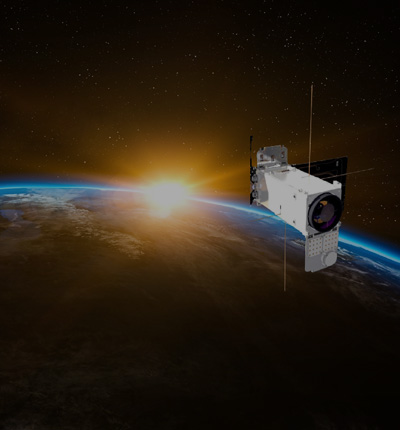Our History
On 18 October 1961, Carlo Enrico Martinato, Chairman of Italcable, and Marcello Rodinò di Miglione, CEO of RAI television broadcastins, signed the deed of incorporation of Telespazio, a company with ambitions to take part in satellite telecommunications experiments. Led by Piero Fanti, Telespazio engineers and technicians at Fucino embarked on an extraordinary adventure that helped open the doors of Space to Italy.
Telespazio is born - on October 18, under the auspices of the CNR (National Research Council) and the Post and Telecommunications Ministry, Italcable and Rai create Telespazio.
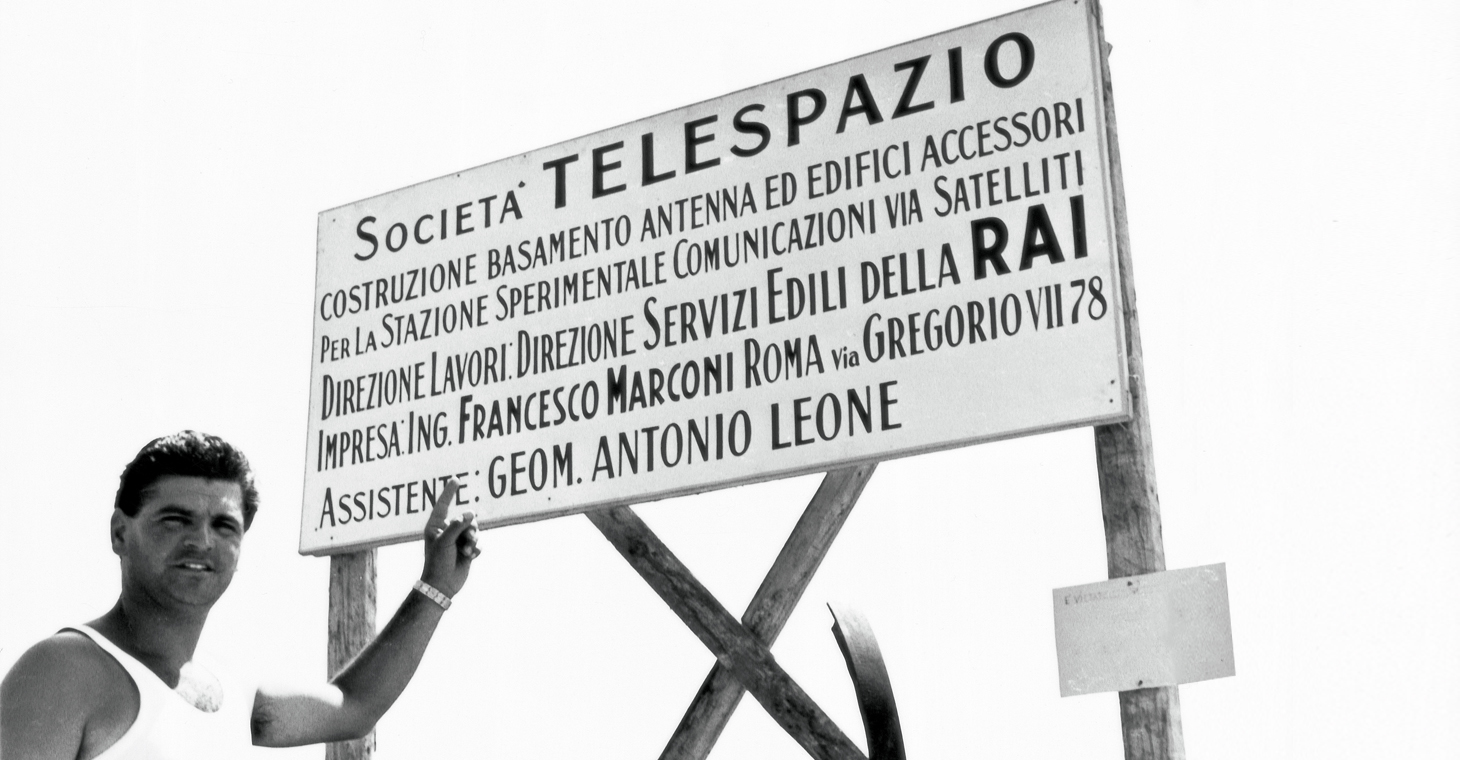
Telespazio and NASA sign a memorandum of understanding for testing the Telstar and Relay satellites. In the same year Telespazio and the Post and Telecommunications Ministry sign an Agreement for the exclusive concession to the company of the equipment and operation of experimental telecommunications systems based on artificial satellites.
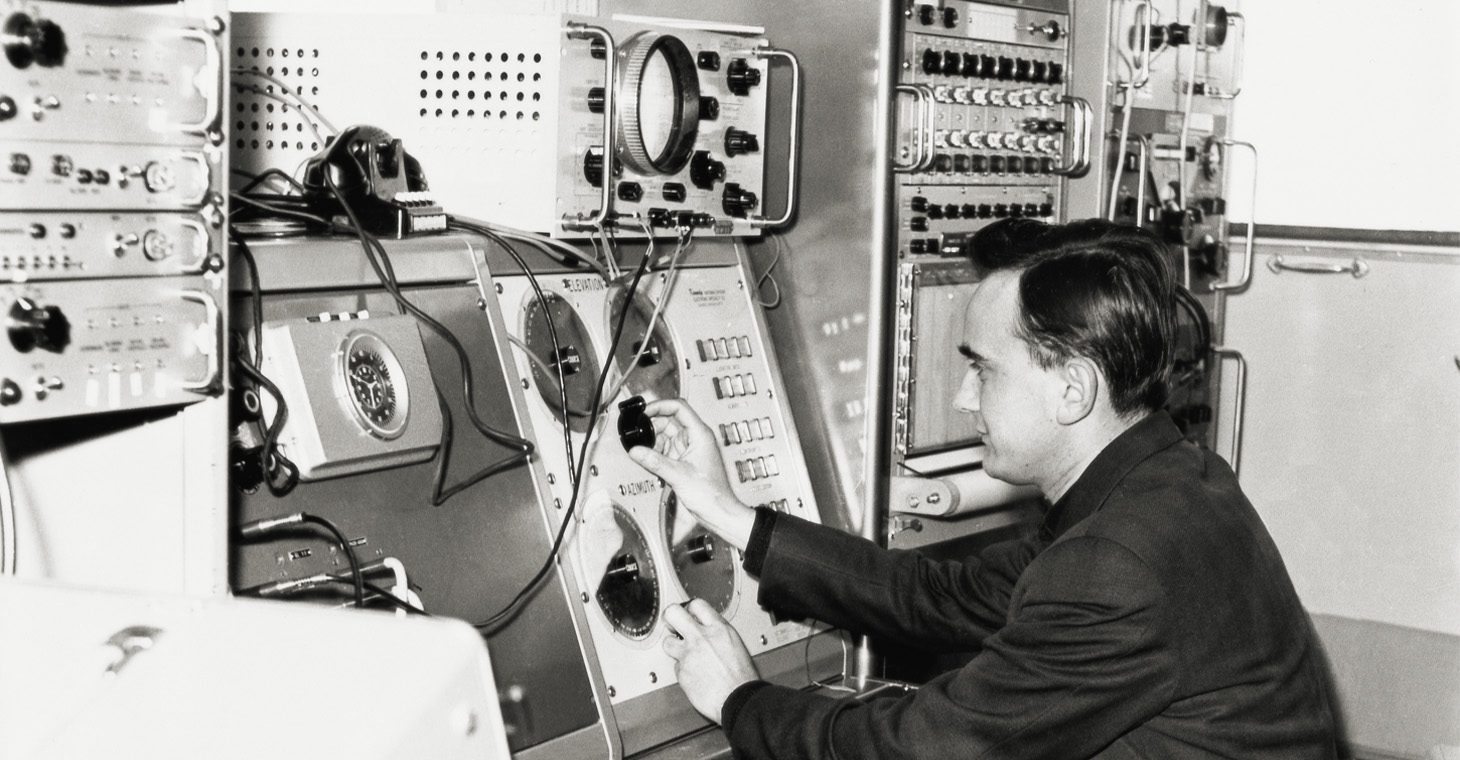
Fucino testing station (L’Aquila) receives the first signals from the Telstar satellite and, few months later, the first picture. In the same year, STET (Società Torinese per l'Esercizio Telefonico), becomes a shareholder of Telespazio along with Italcable and RAI.
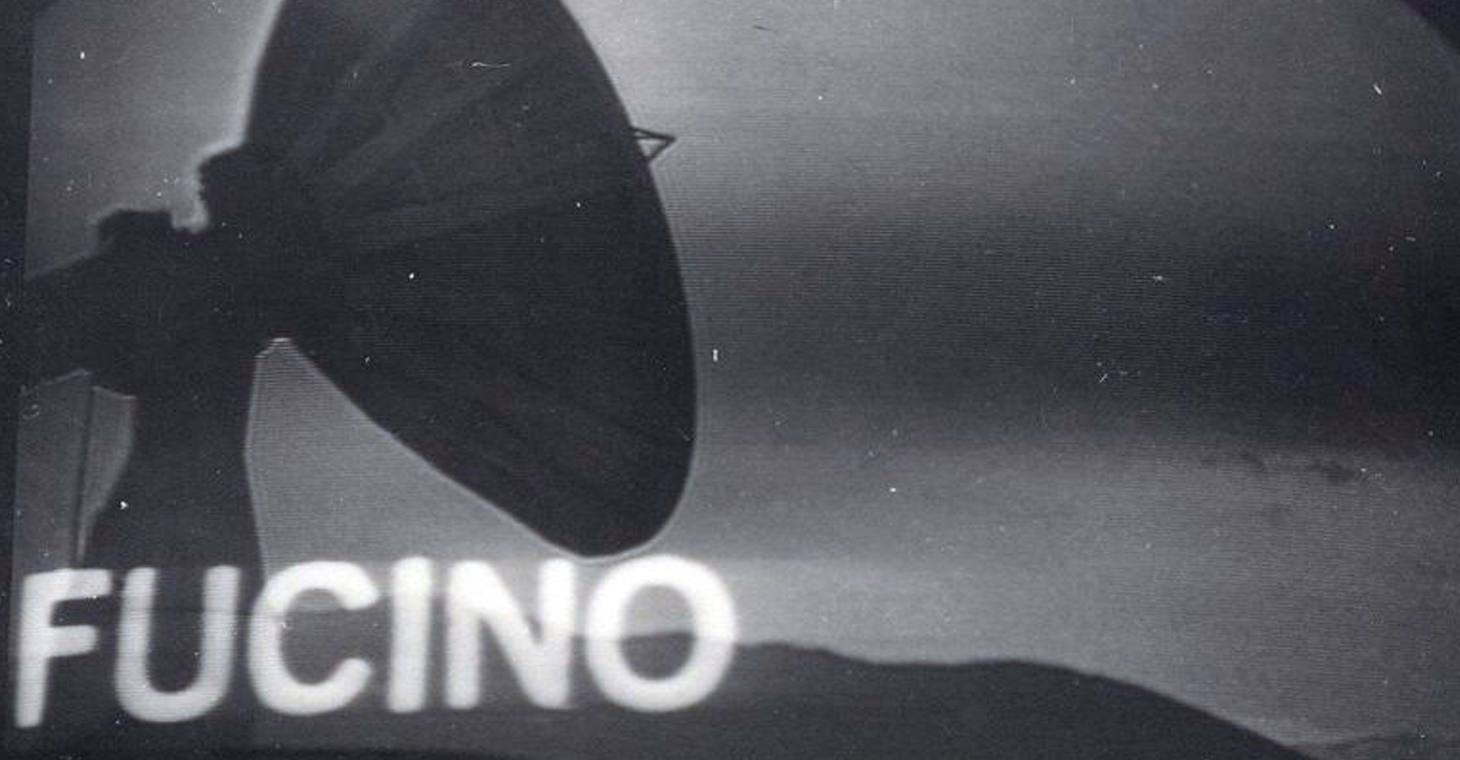
For the first time television broadcasts from Fucino, via the Telstar satellite. In October Telespazio receives the first live TV experimental transmission from the Tokyo Olympics at the Fucino Space Center, via NASA’s SYNCOM 3 satellite.
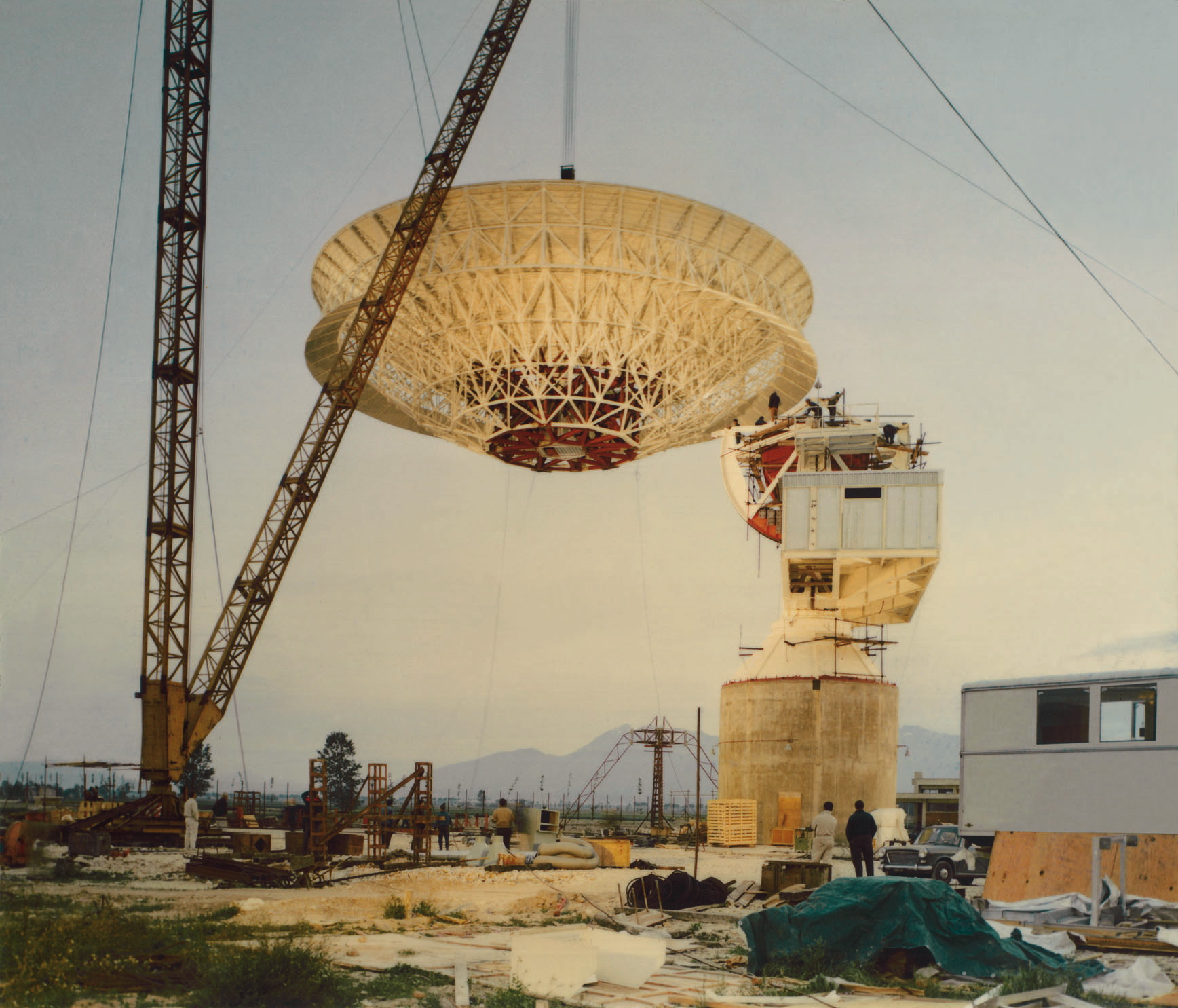
Telespazio signs its first agreement with Intelsat. In June, commercial telecommunications between North America and Europe begin.
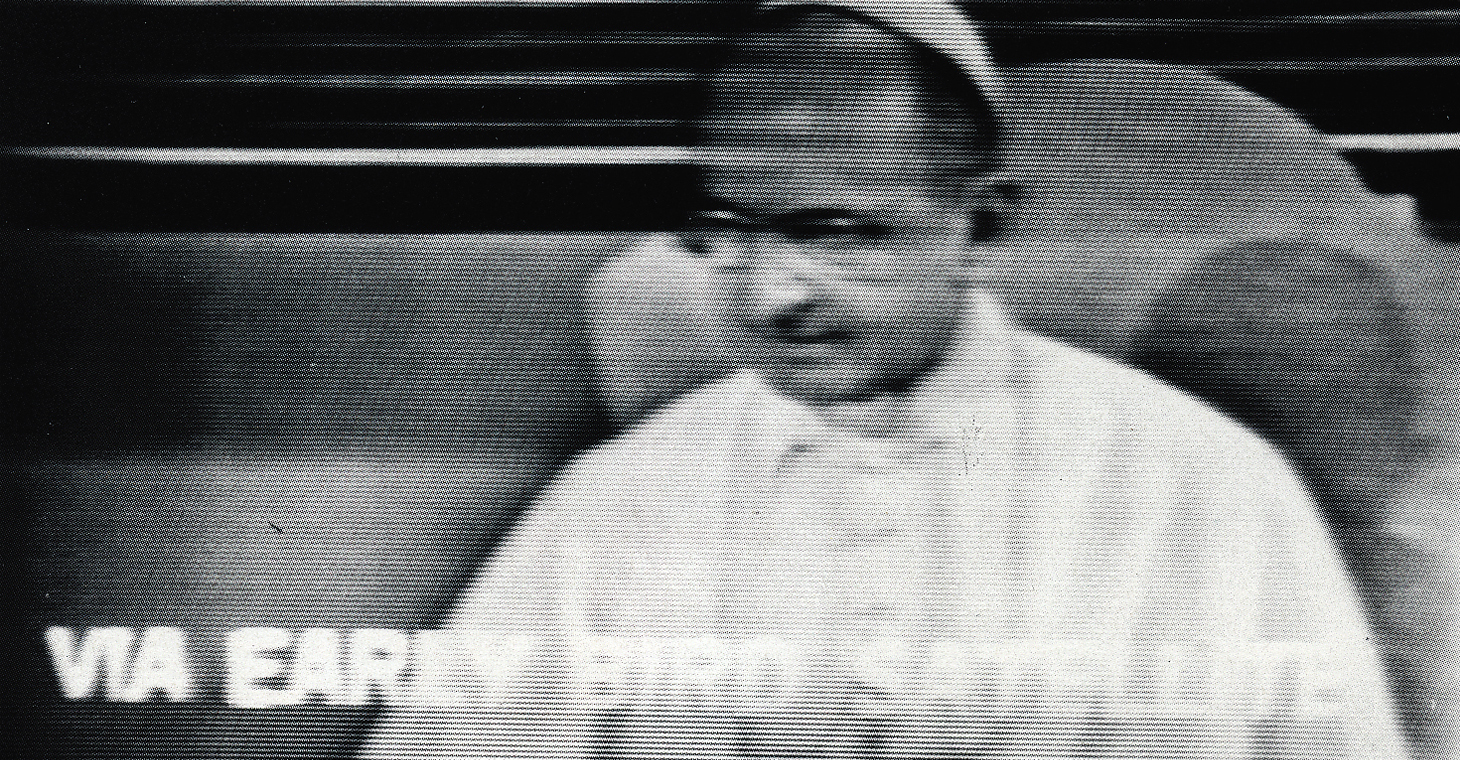
On August 27, Prime Minister Aldo Moro officially inaugurates Fucino Space Center, in Abruzzo. A month before, first large 30-metre antenna, able to cover the Atlantic region, had come into service at Fucino.

Intelsat and Telespazio sign an agreement for the first telemetry and remote control services on Intelsat satellites.
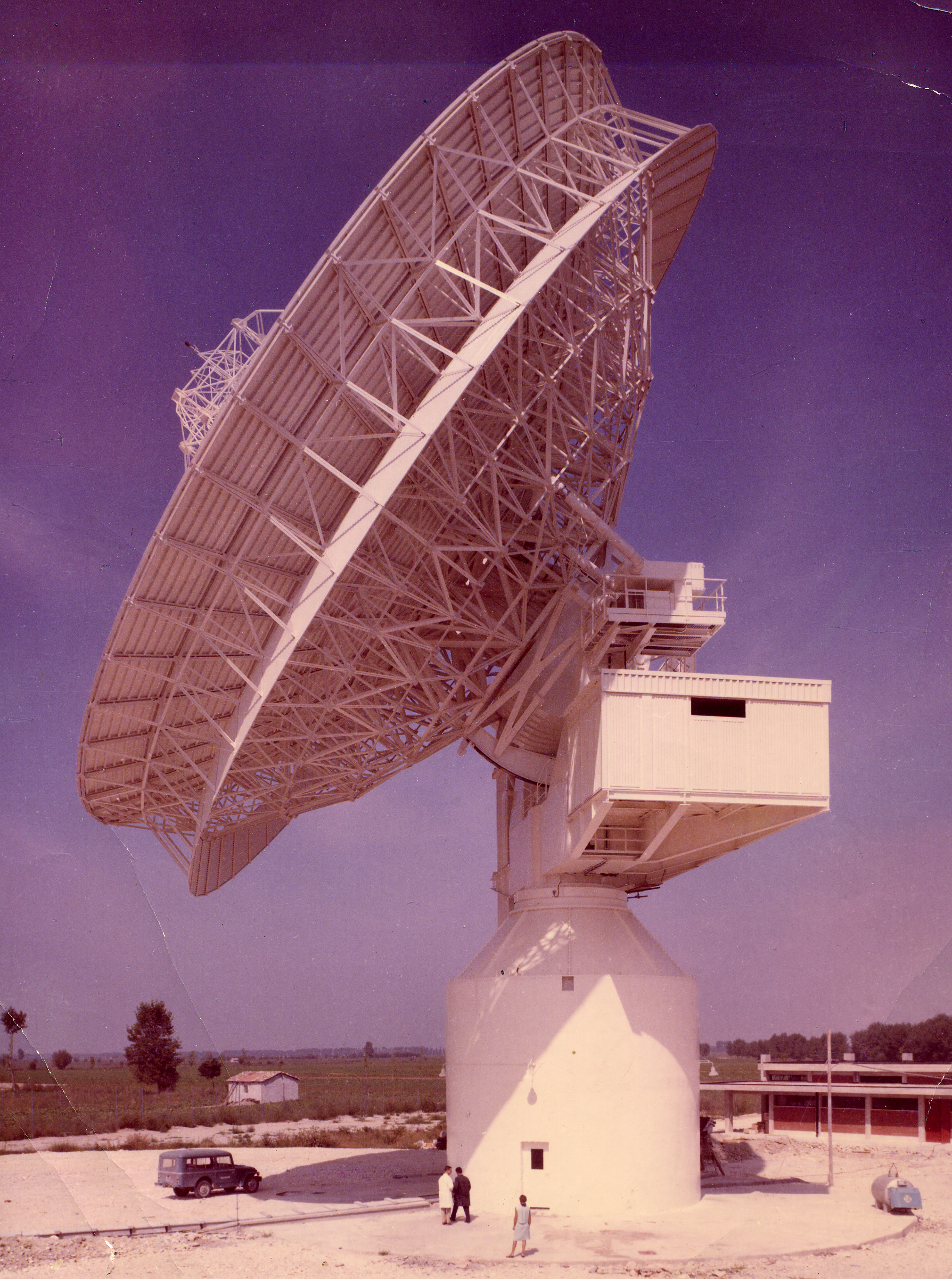
On July 20, Europe can see moon landing iconic images, also thanks to the Fucino antennas. Actually, Fucino center is one of the very few in Europe – just four - capable of receiving satellite TV signals from all over the world.
On July 29, thanks to an 8-metre diameter antenna, shipped by sea to Kampala, Telespazio broadcasts the historic Pope Paul VI’s visit to Uganda.
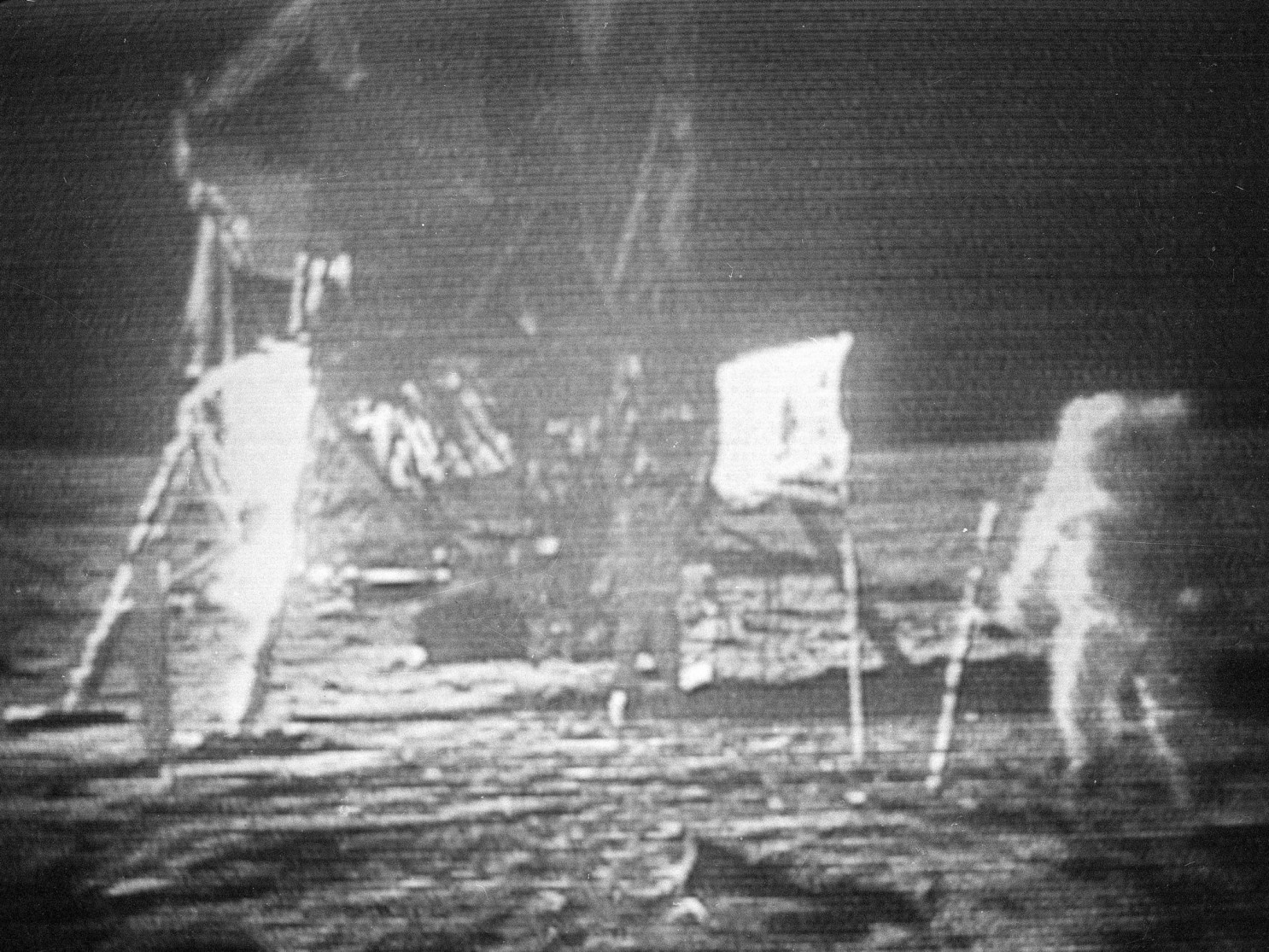
For Telespazio, the 1970s represented a period of expansion and diversification of its activities, adding Earth observation to telecommunications and the in-orbit control of satellites. A second space centre opened in Gera Lario (Como) and Telespazio was involved in the development of the Sirio programme, the first Italian telecommunications satellite launched in 1977.
On July 8 second large antenna, able to cover Indian Ocean region, comes into service at Fucino Space Center.
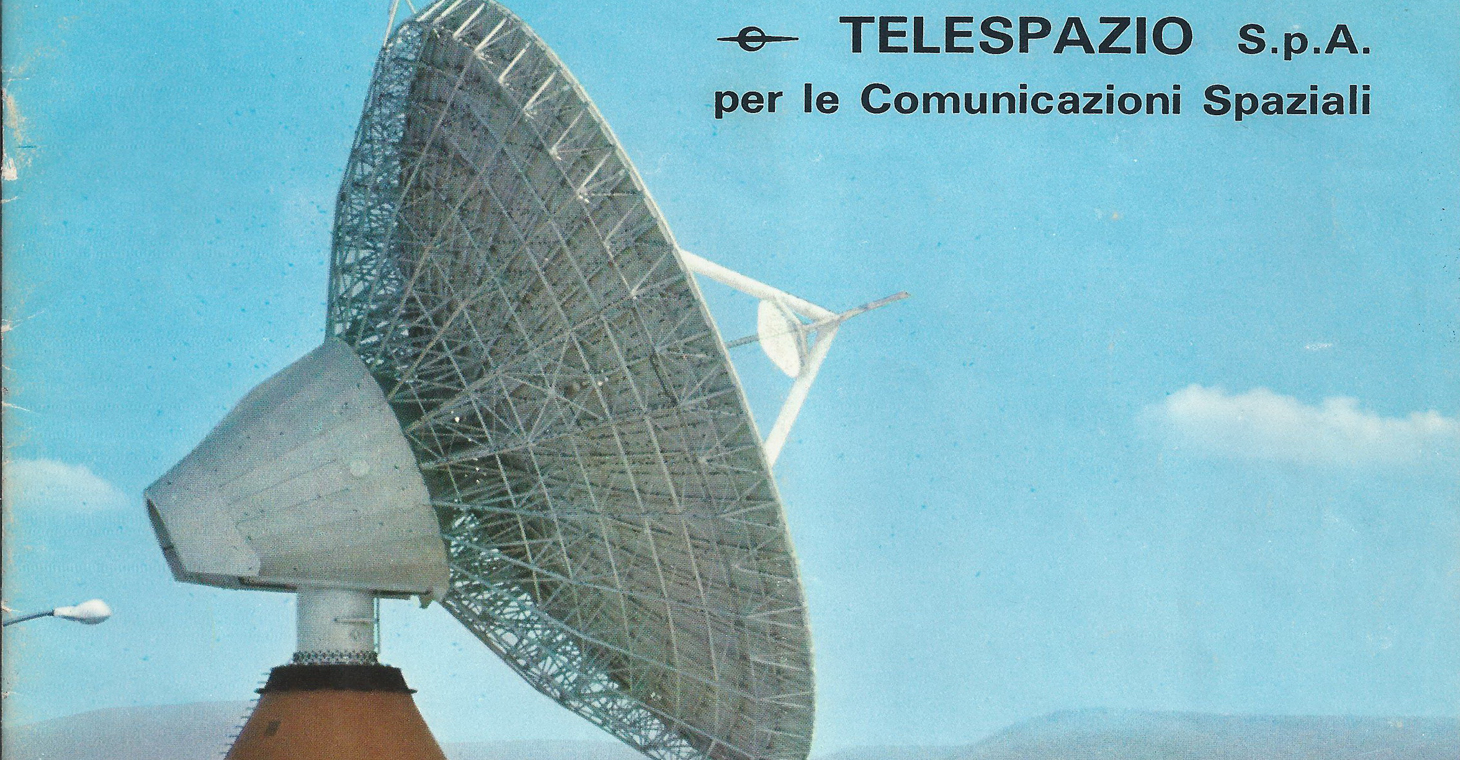
In October, CNR (Research National Center) and Telespazio sign an agreement for the management of SIRIO, the Italian experimental satellite program.
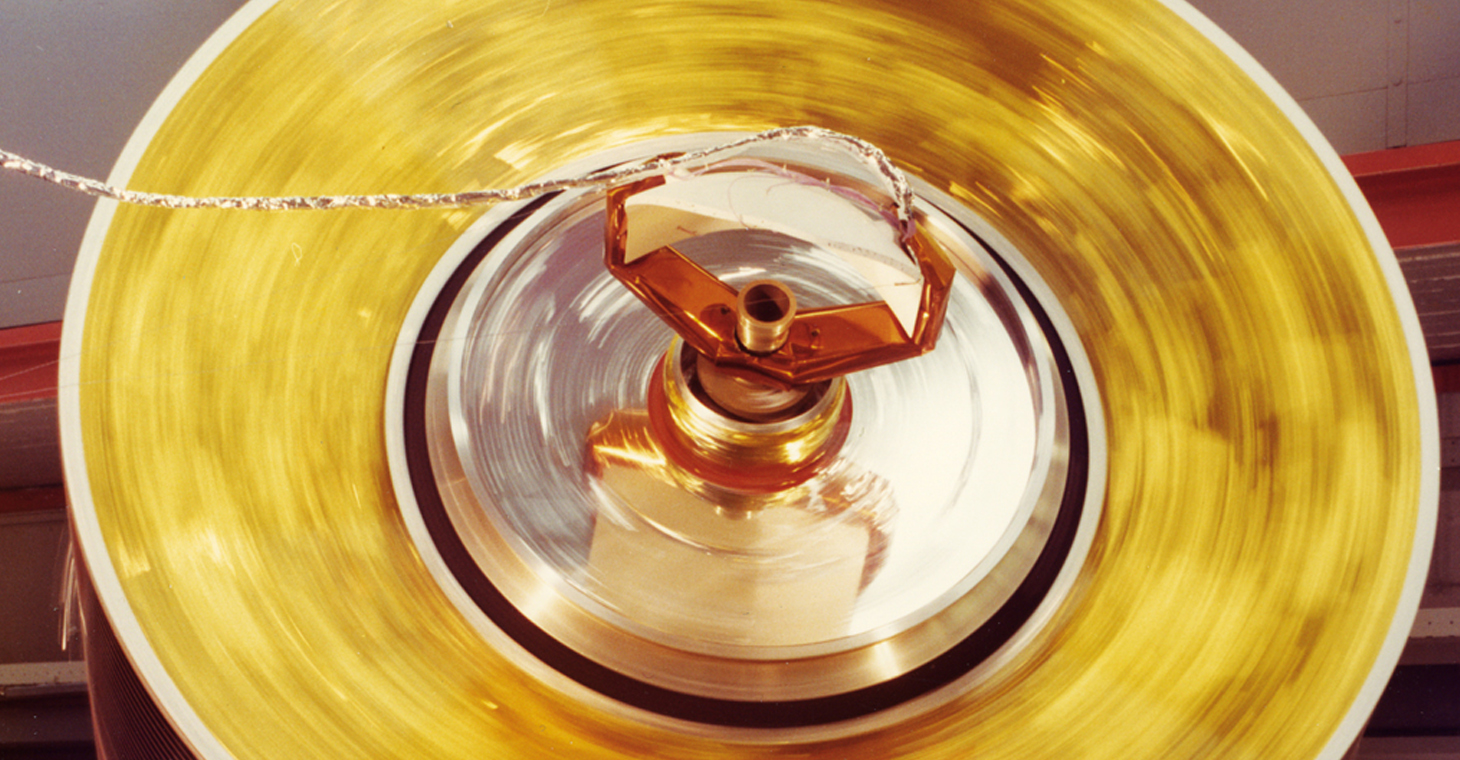
Fucino Space Center receives the first remote sensing images from LANDSAT satellite for Earth Observation, according to the memorandum of understanding with NASA signed in May 1974.
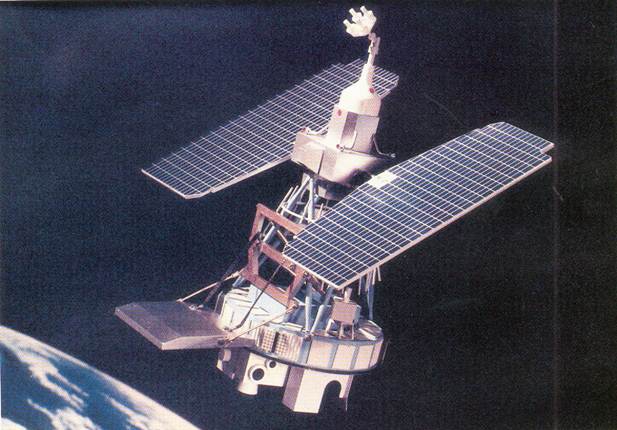
A new Space Center in Lombardia - After the Fucino one, Telespazio inaugurates another important Space Center. On March 10, Gera Lario Space Center, in the province of Como, comes into service.

Fucino Space Center inaugurates Telemetry, Command and Control room for INTELSAT satellites.
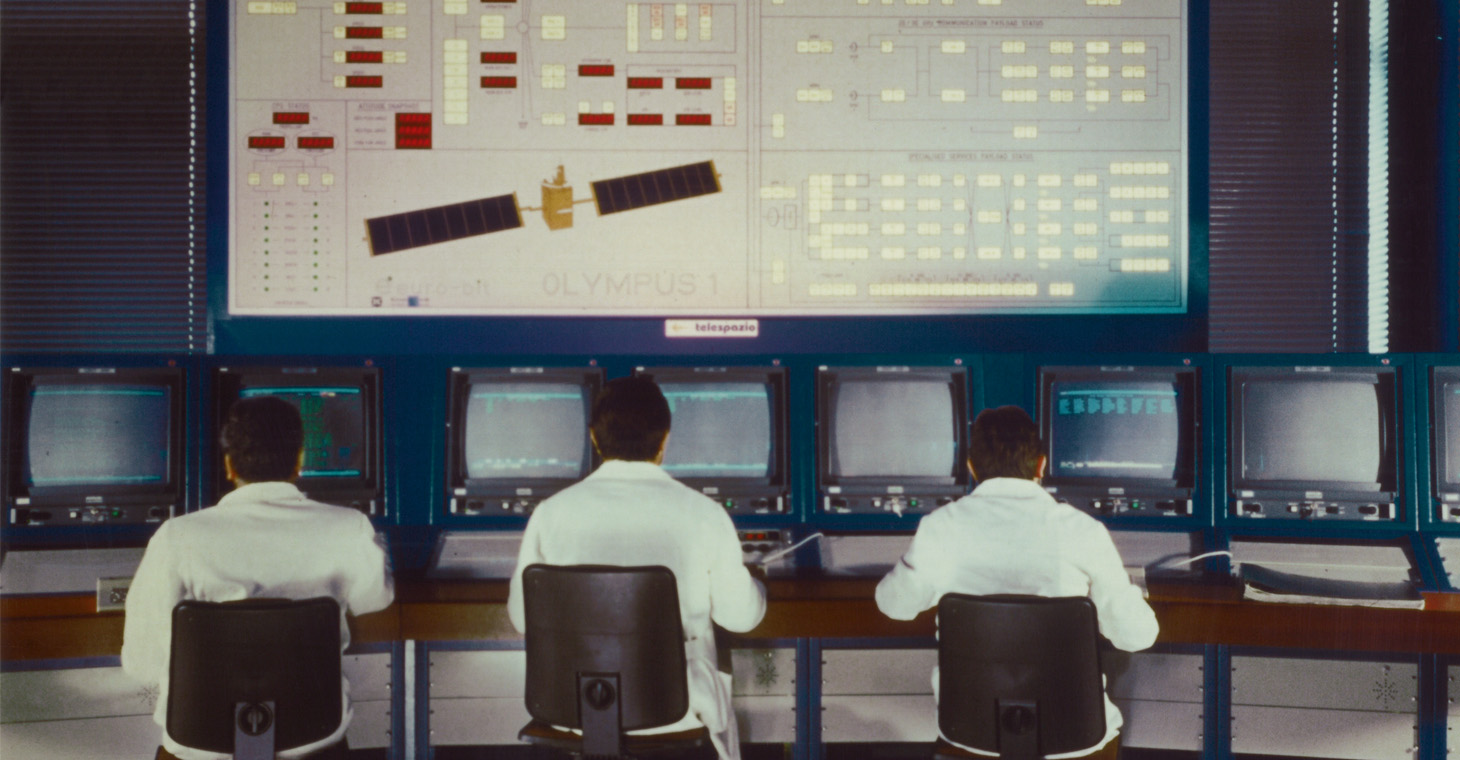
Telespazio confirmed its place as a major player in the satellite communications sector. The company was involved in the development of important national programmes such as Italsat. Work started on the creation of the first satellite network for emergency telecommunications (Argo) and two new space centres were inaugurated in Scanzano (Palermo) and Matera. It was also in these years that the Italian Space Agency came into being.
Telespazio and CNR (Research National Center) sign agreement for preliminary studies on the Italian satellite Italsat.
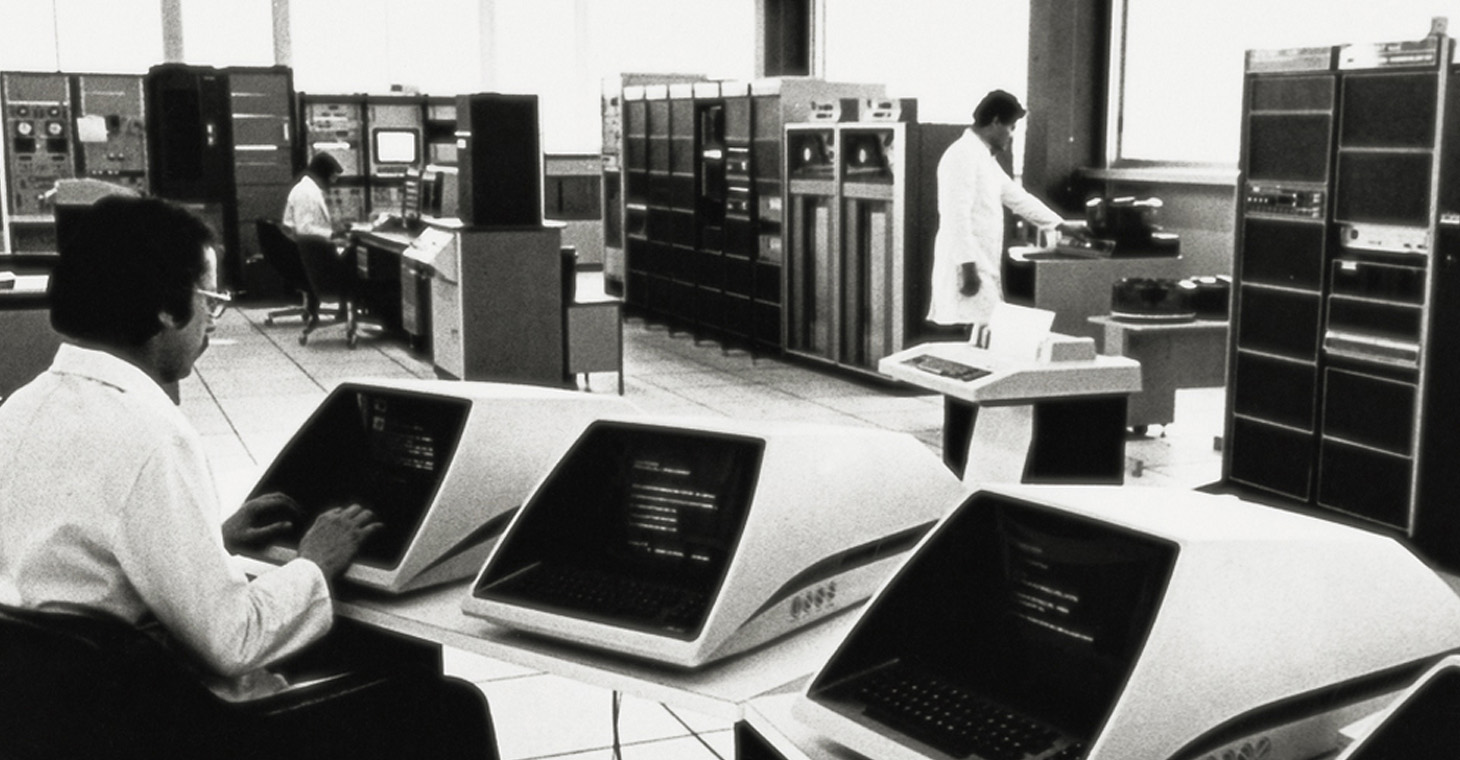
Telespazio, under the auspices of CNR and subsequently, the Italian Space Agency (ASI), establishes the Matera Space Center for Geodesy Operations. Telespazio will manage the Center. After two years, in the 1985 Telespazio inaugurates the new center.
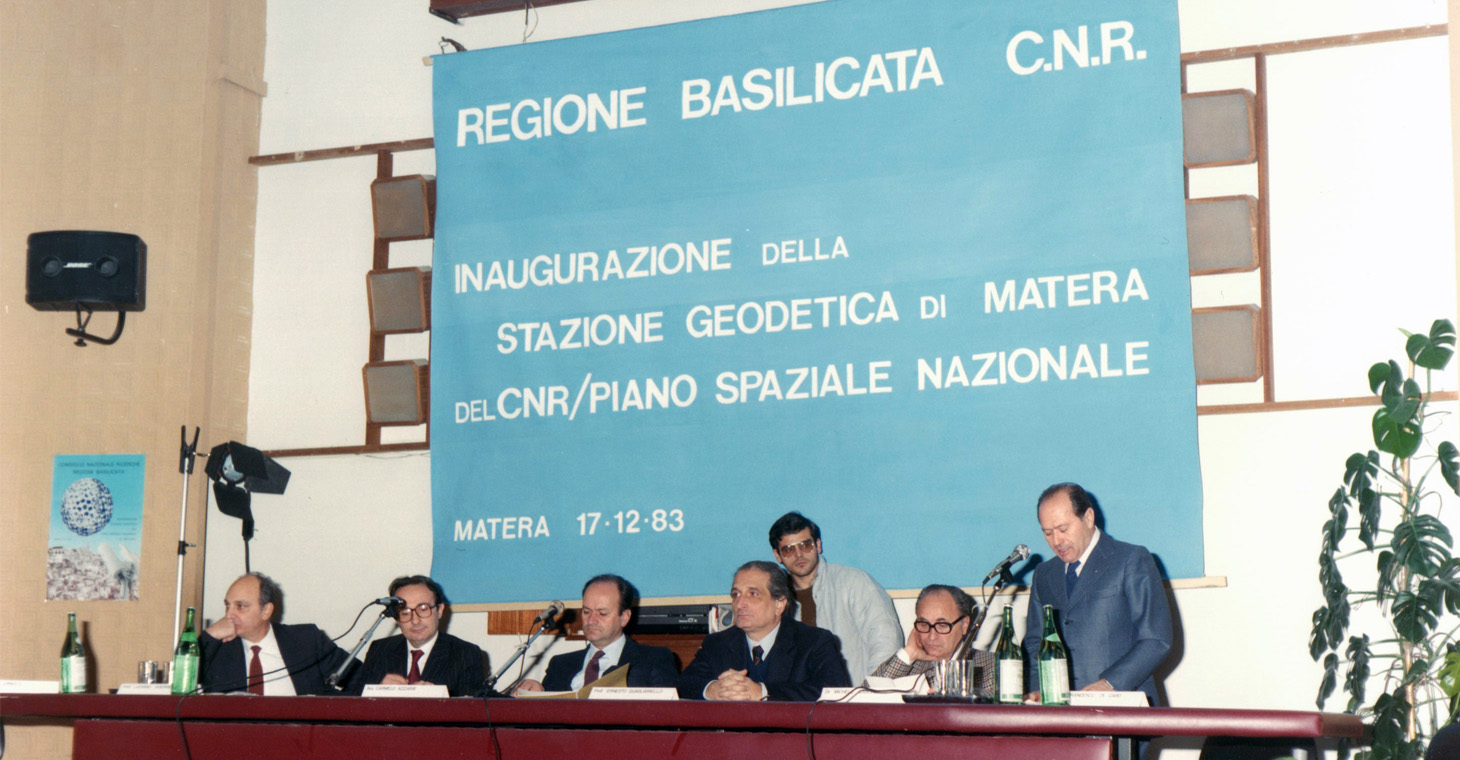
On march 24, Pope John Paul II visits the Fucino Space Center and sends a message of peace to workers all around the world.

On April 30, the CNUCE Institute of Pisa (CNR) was connected to the US computer network ARPANET. Italy became the fourth nation to be connected to the network that in subsequent years became known as the Internet. The connection was made possible through the Fucino Space Centre, thanks to a satellite network built by CNR, Telespazio, and Italcable.
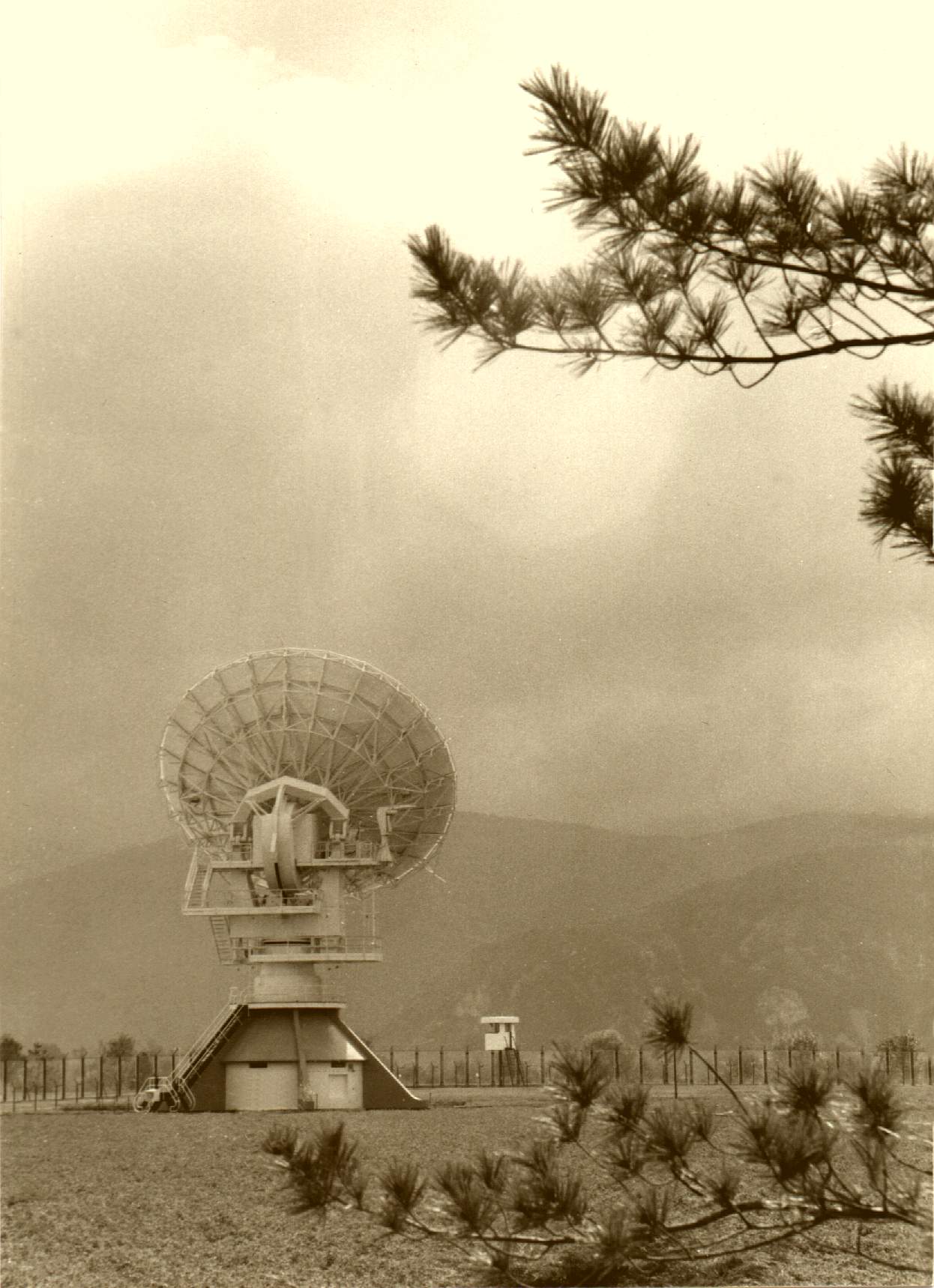
Between 1986 and 1987 Telespazio finalizes its third Space Center. In 1987 Telespazio inaugurates Space Center for satellites communications in Scanzano, in the province of Palermo.
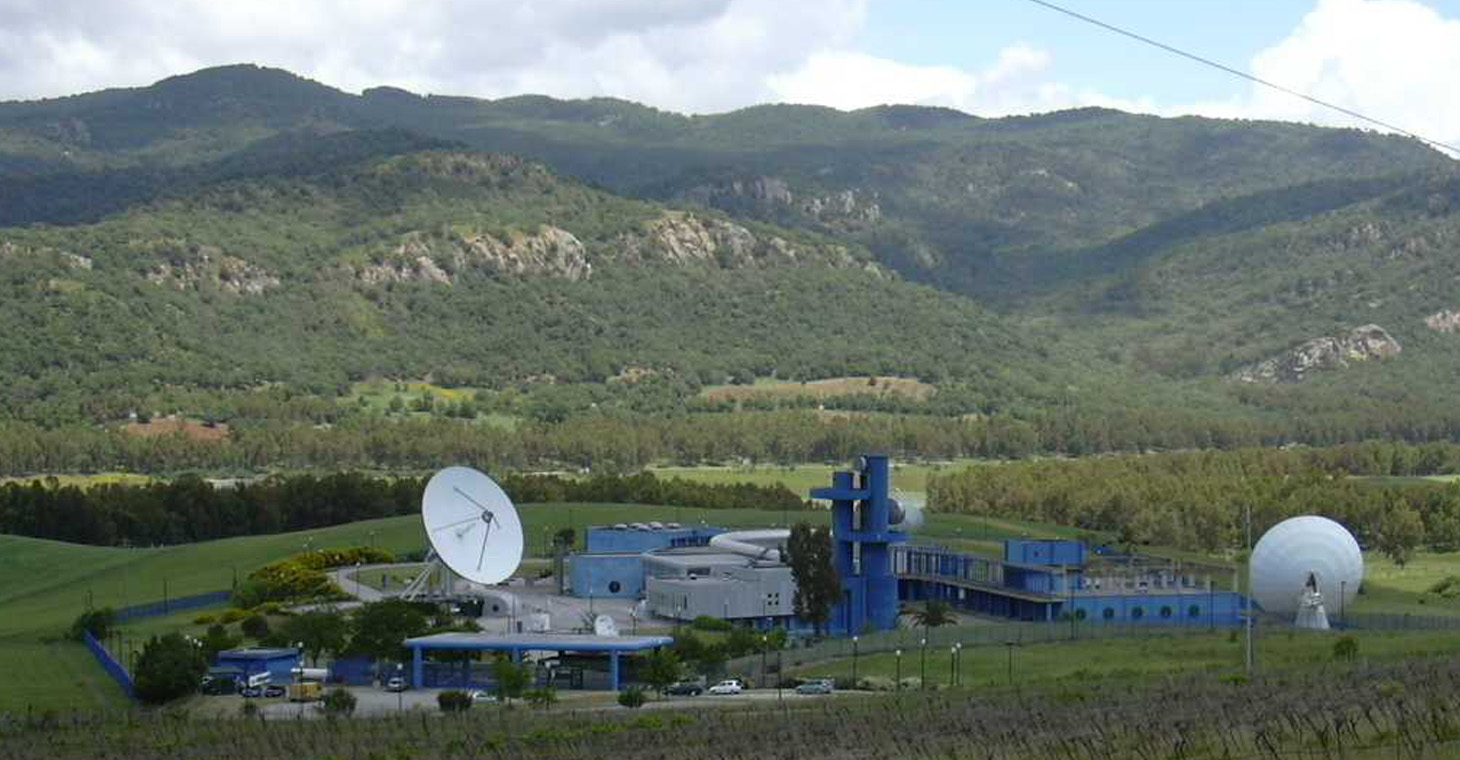
The early 1990s were marked by the launch of the next generation of Italian Italsat telecommunication satellites. These were also the years of satellite television and the strengthening of Telespazio's technological capabilities for the in-orbit operation of satellites with the new scientific satellite Sax. Earth observation also entered a new phase, with the use of radar sensor on board the first ERS satellites. From its station in Matera, which became operational in 1994, Telespazio prepared for the challenges of the new millennium, facing the changes and restructuring that became necessary for the telecommunications industry.
On January 16, Italsat F1 satellite is launched. Telespazio is responsible for in-orbit control. On May 30, Telespazio launches the ARGO project, designed for Italian civil protection. ARGO is the first closed network equipped with small fixed antennas for emergency communications.
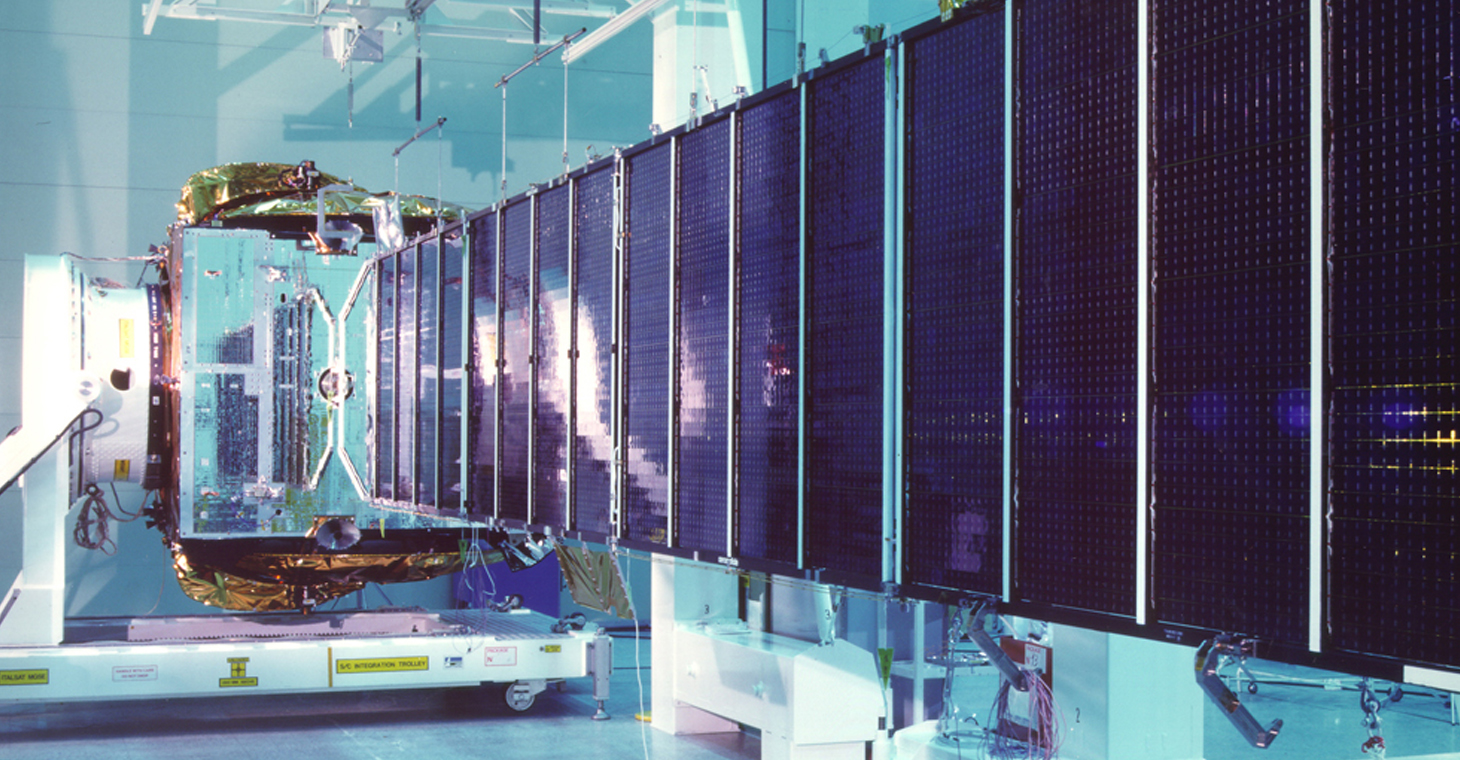
Telespazio Space Center for Earth Observation becomes operational in Matera. Telespazio Argentina is founded in Buenos Aires.
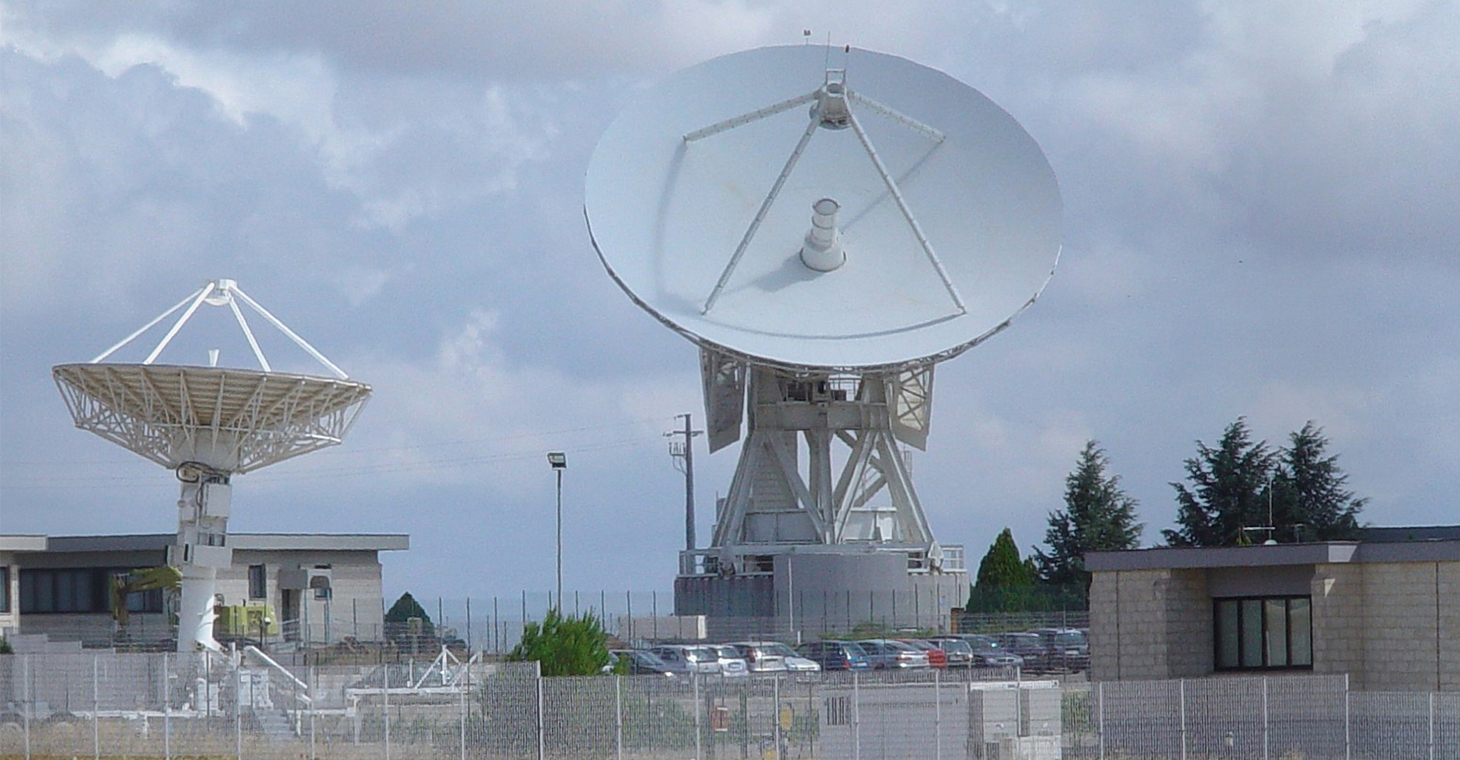
On April 30, Telespazio-operated Beppo Sax Italian scientific satellite is launched.
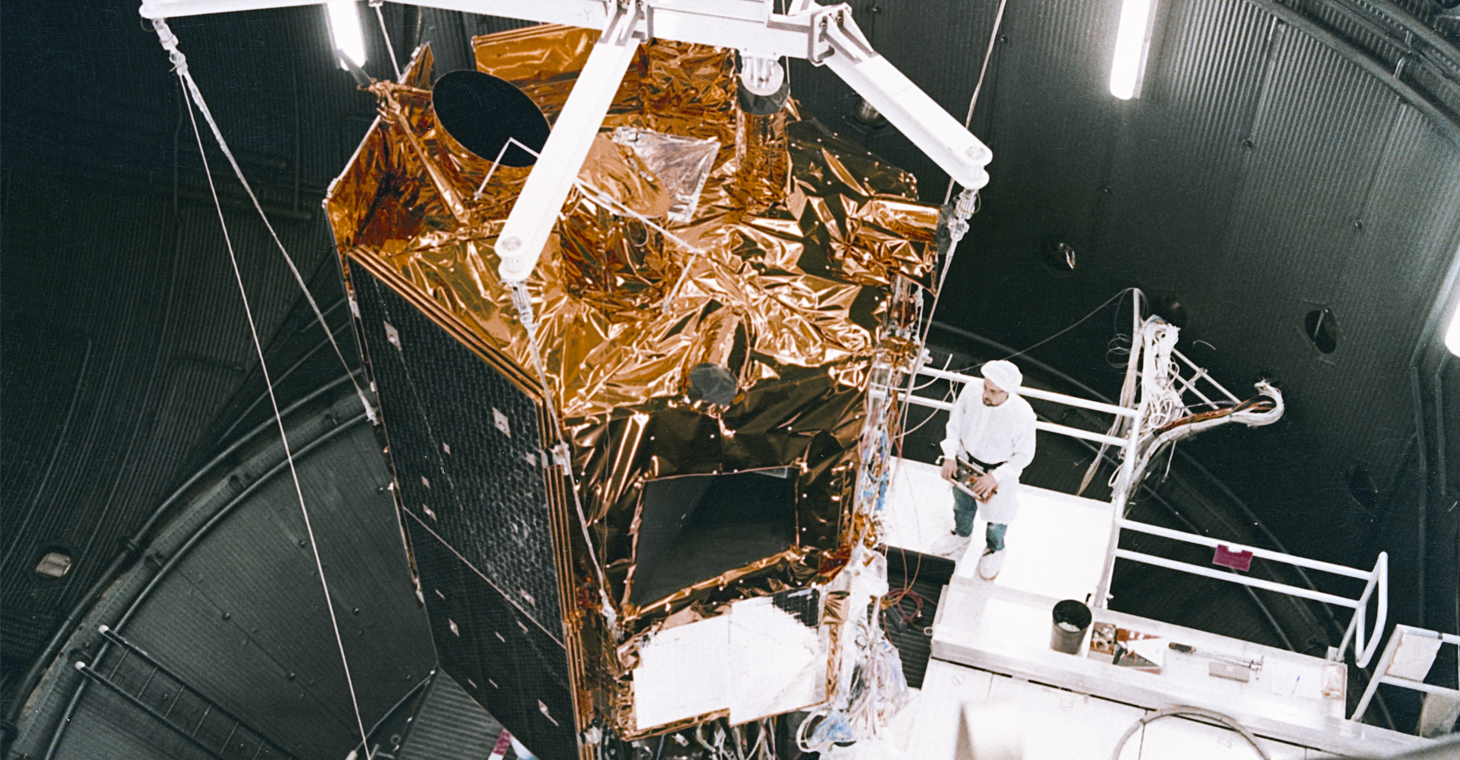
Telespazio founds in Rio de Janeiro its second subsidiary, Telespazio Brasil.
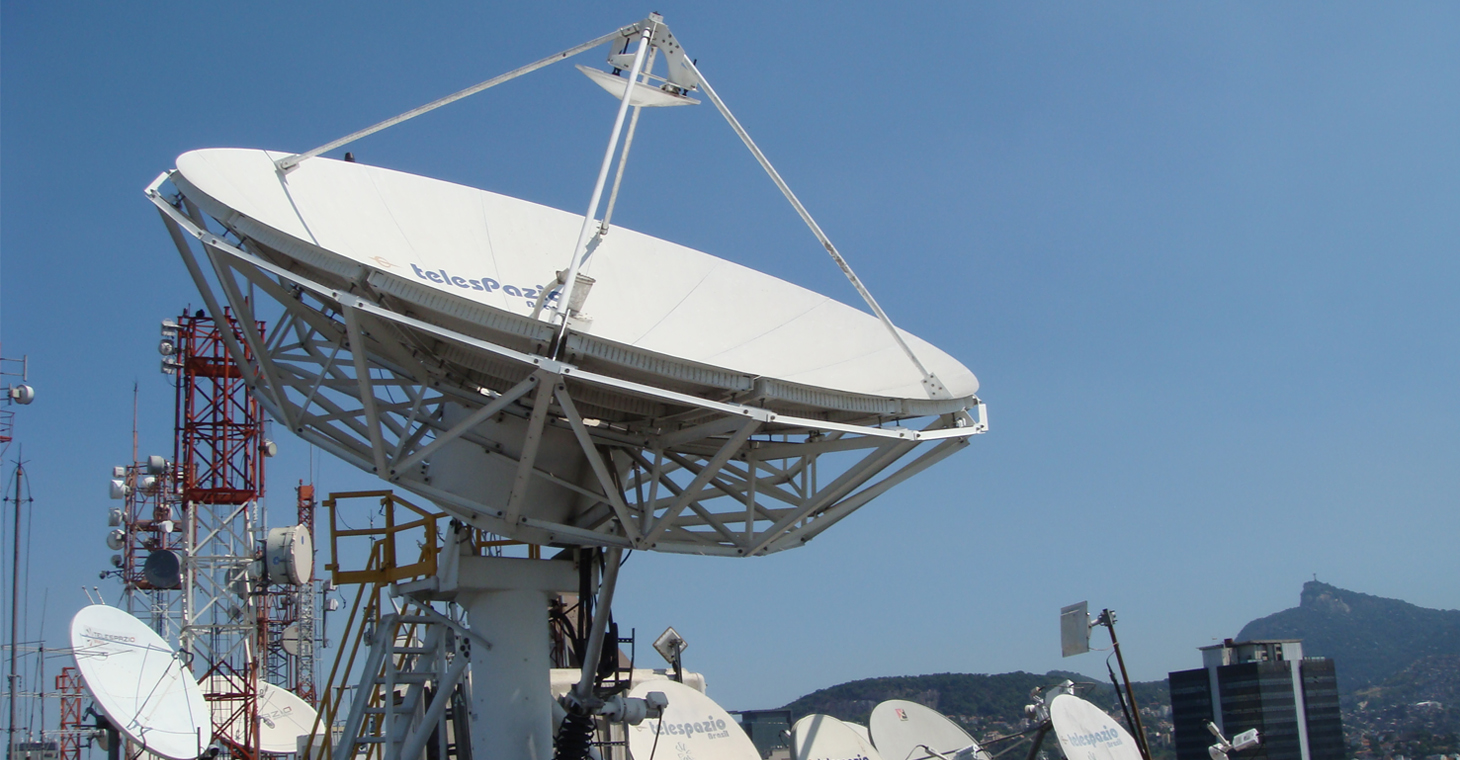
In partnership with local partner Radiocom, Telespazio establishes the Rartel Company in Bucharest, as majority shareholder.
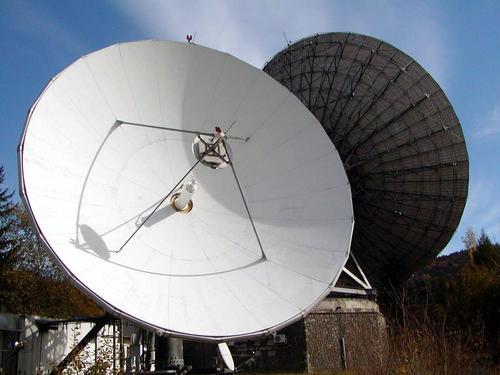
Telespazio takes part in the definition phase of GALILEO, Europe's satellite navigation program.
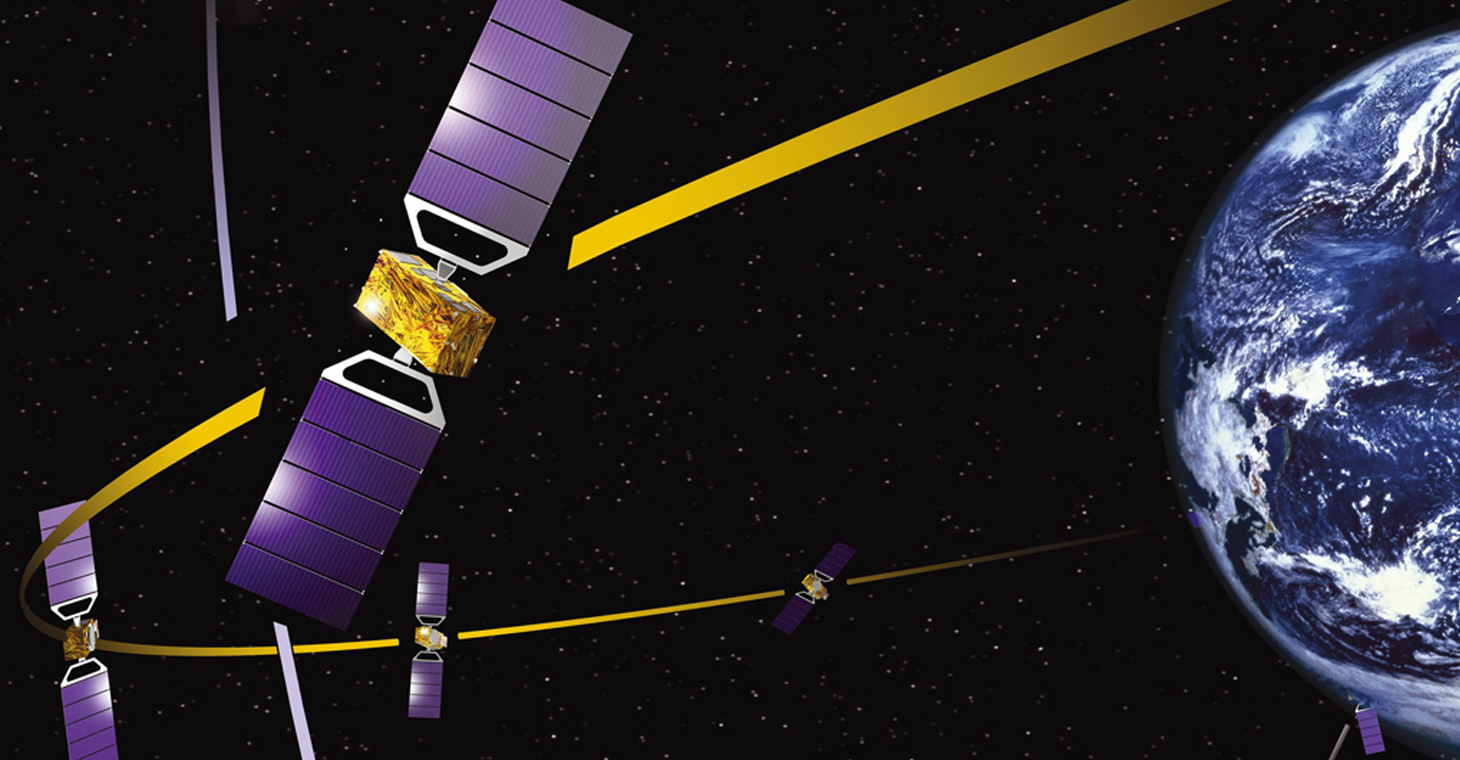
In 2002, Telespazio became part of the Finmeccanica Group: this marked the start of a new and important phase in the development of a company that had become one of the world’s leading providers of satellite services. In 2005, Telespazio became part of the Space Alliance and a a joint venture between Finmeccanica (67%) and Thales (33%). During these years, the company would contribute to the development of the most significant national and international space programmes, including Galileo, EGNOS, COSMO-SkyMed, SICRAL and GMES.
On February 7 is launched SICRAL 1, the Italian System for Secure Communications and alerts, Italy’s first military communications satellite system. Telespazio manages the LEOP (Launch and Early Orbit Phase) and the first year of satellite operations. Then it transfers all functions to the Defense Ministry’s Vigna di Valle Control Center, in Rome.
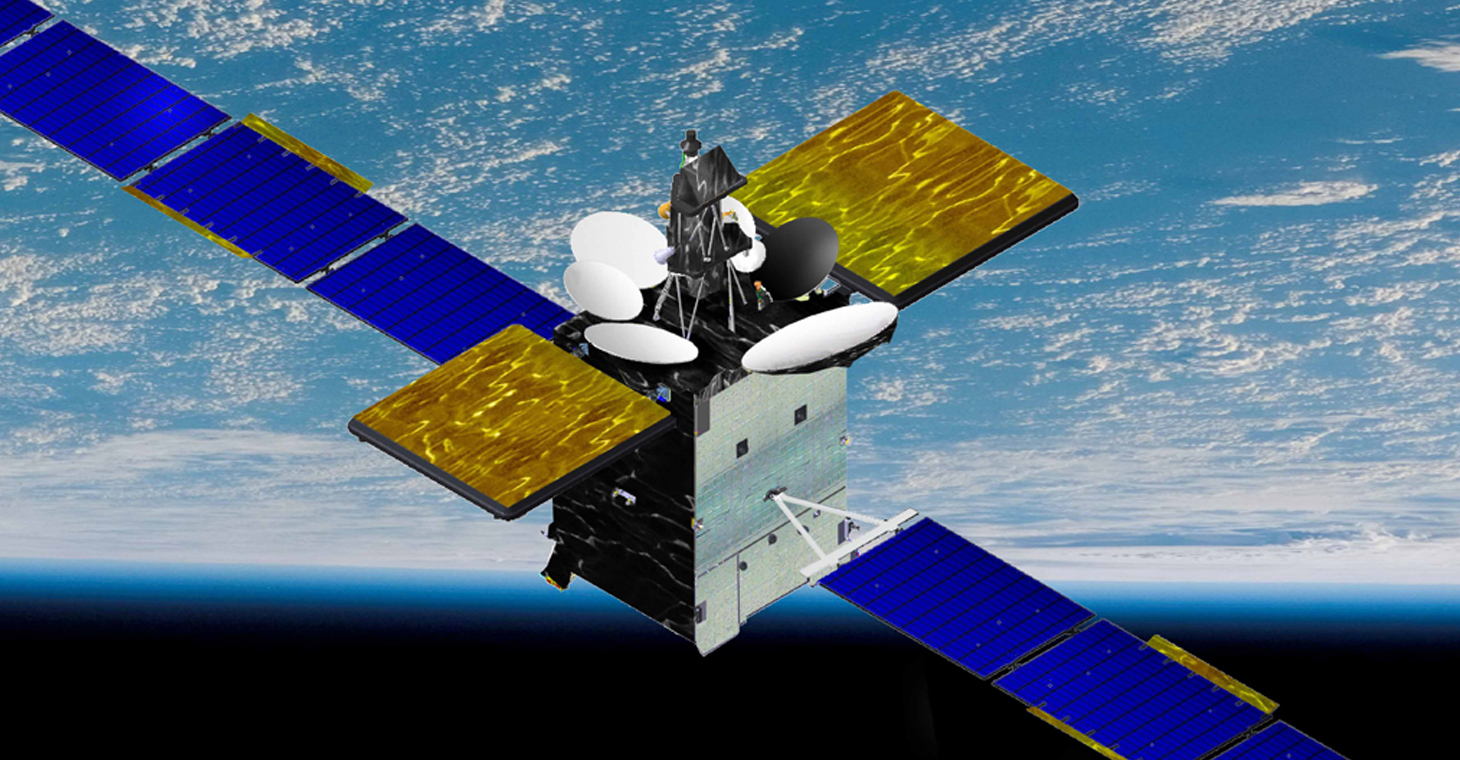
In December Telespazio joins the Finmeccanica Group, subsequently Leonardo.
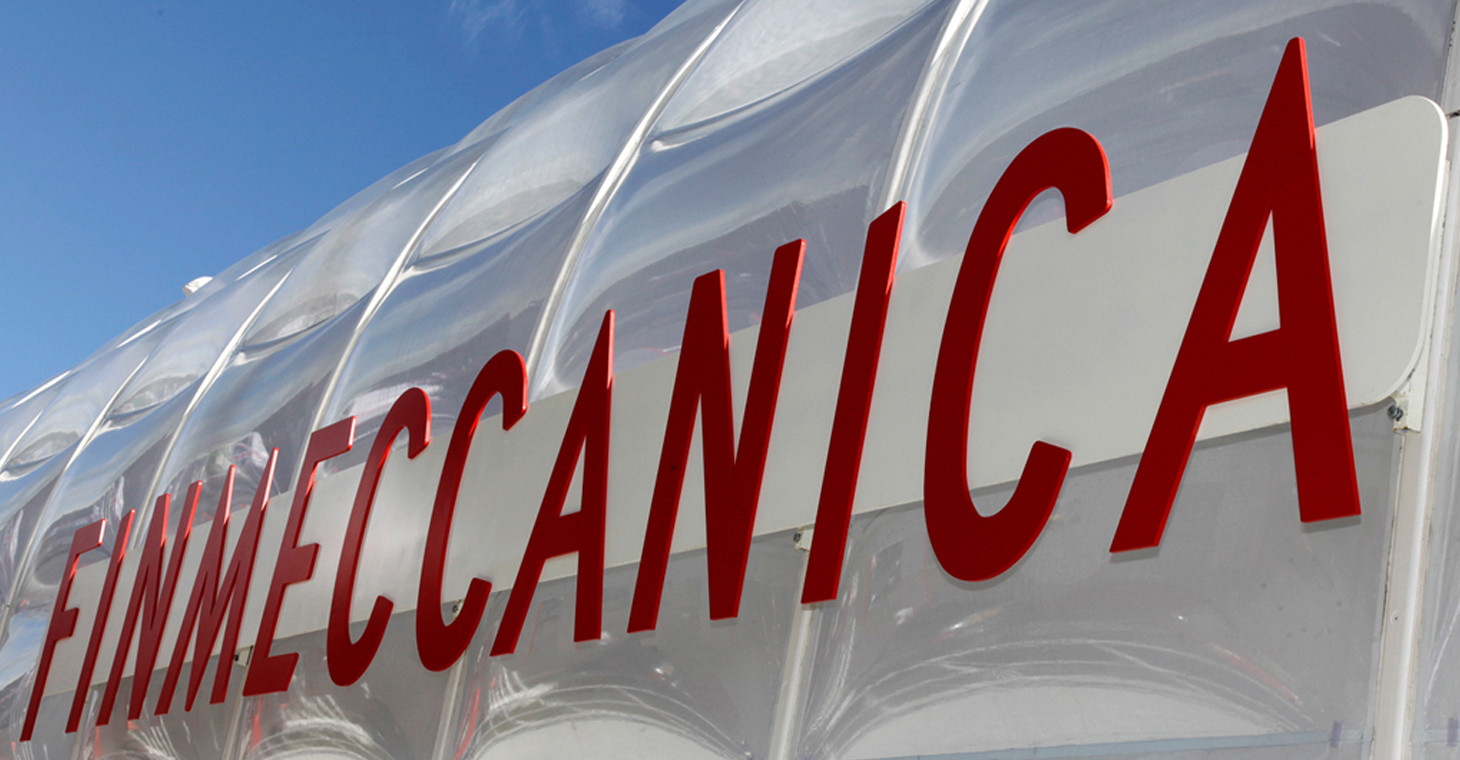
On July 25 Telespazio acquires control of the German company GAF AG, that specializes in Earth observation satellite services.
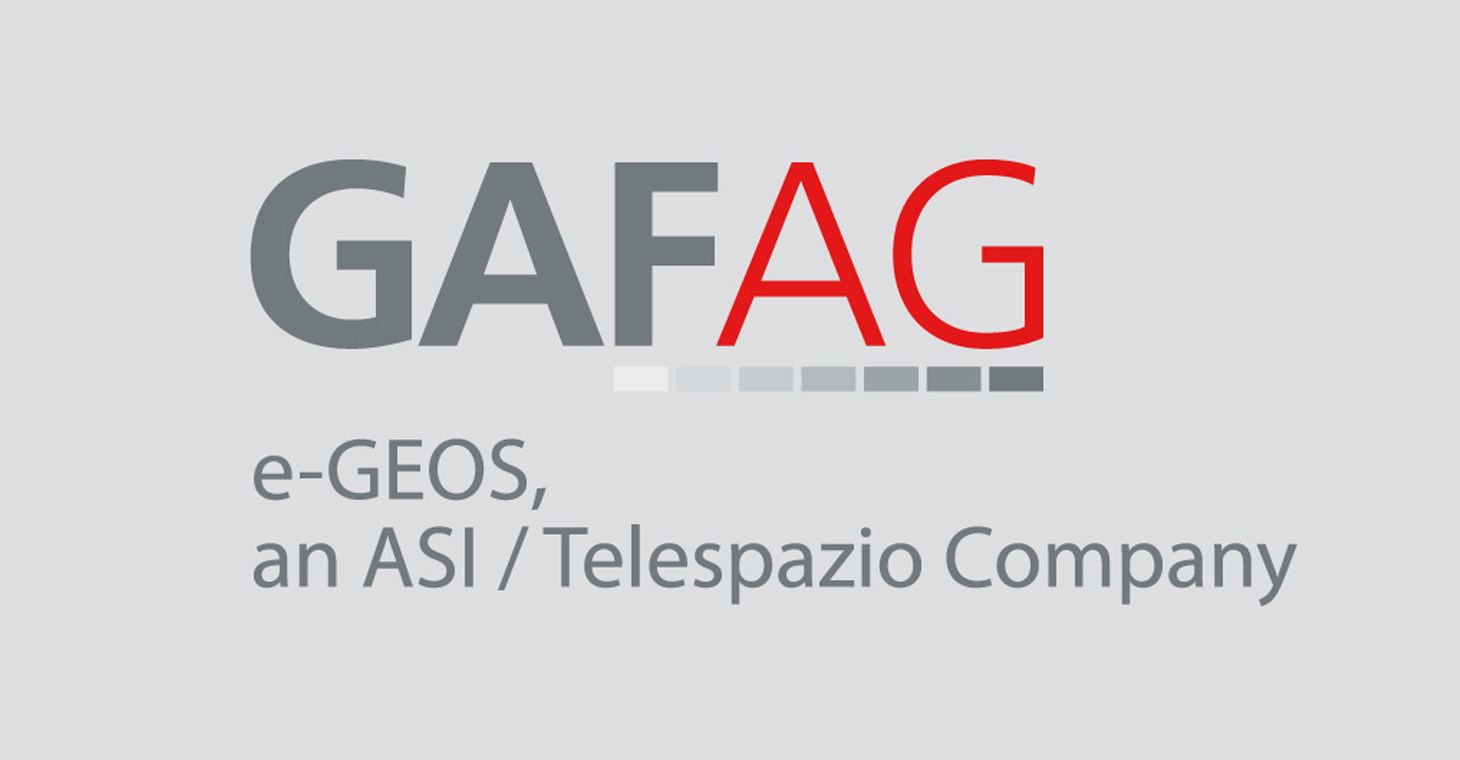
Space Alliance, together with Thales Alenia Space (a joint venture between Thales, 33%, and Leonardo, 67%) is founded. Telespazio becomes a joint venture between Leonardo (67%) and Thales (33%). The Space Alliance offers a comprehensive array of solutions spanning the entire space value chain, from satellite manufacturing to innovative services, for operators, governments, and space agencies.

On June 7 is launched the first of the four COSMO-SkyMed first generation radar satellites, Italy’s dual-use Earth observation system. Telespazio devoloped the ground segment and manages satellite’s launch into orbit.
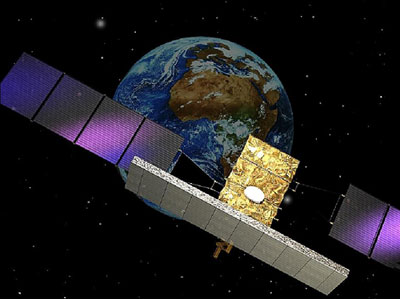
On April 27 is launched GIOVE-B, the second experimental satellite of the Galileo constellation. Telespazio’s Fucino Space Center manages LEOP operations and satellite control.
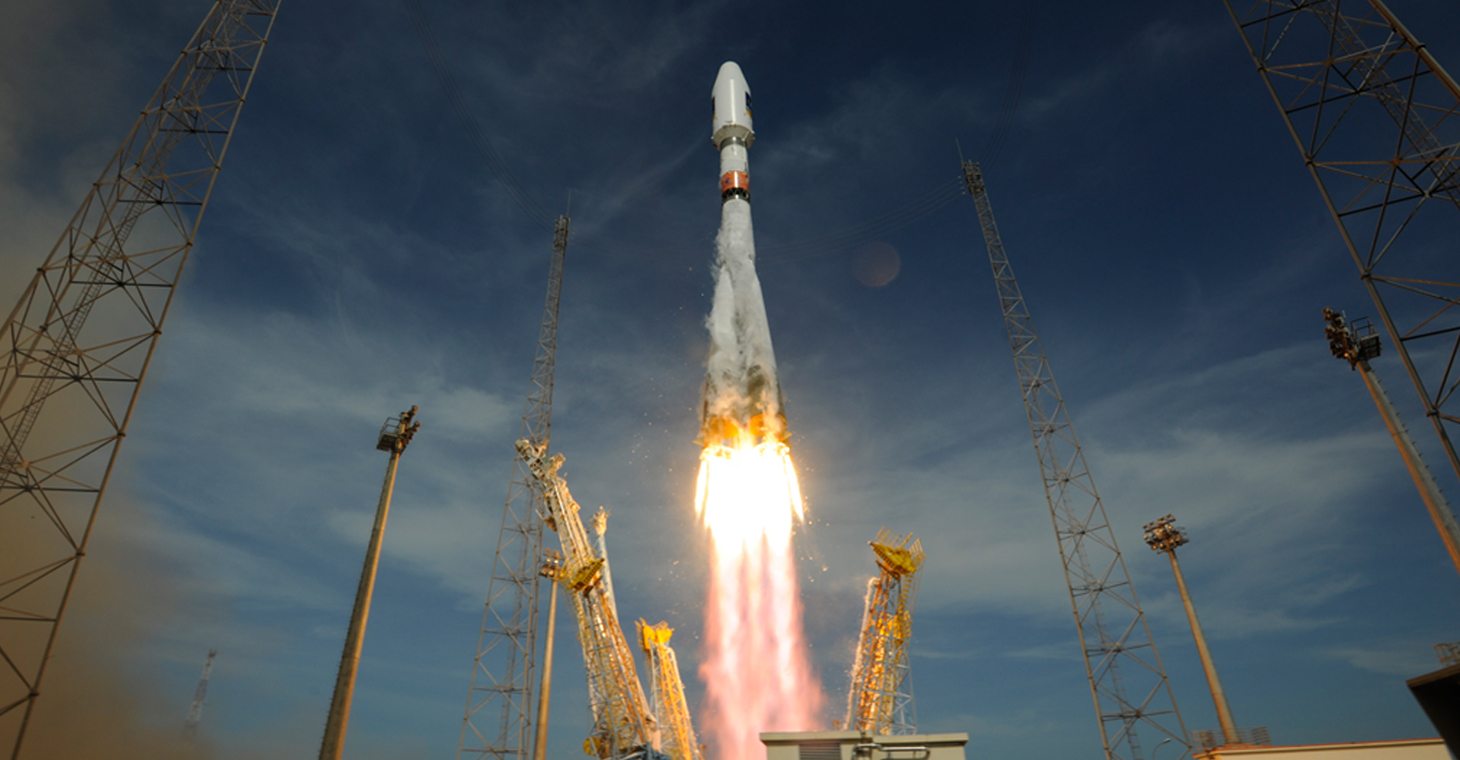
On April 20, SICRAL 1B is launched. It is the Italian Defense Ministry’s second secure communications satellite. Telespazio builds the system’s ground segment and is responsible for the launch services, positioning and in-orbit testing of the satellite. The company contributes to the program's direct costs and sells part of SICRAL 1B’s transmission capacity.
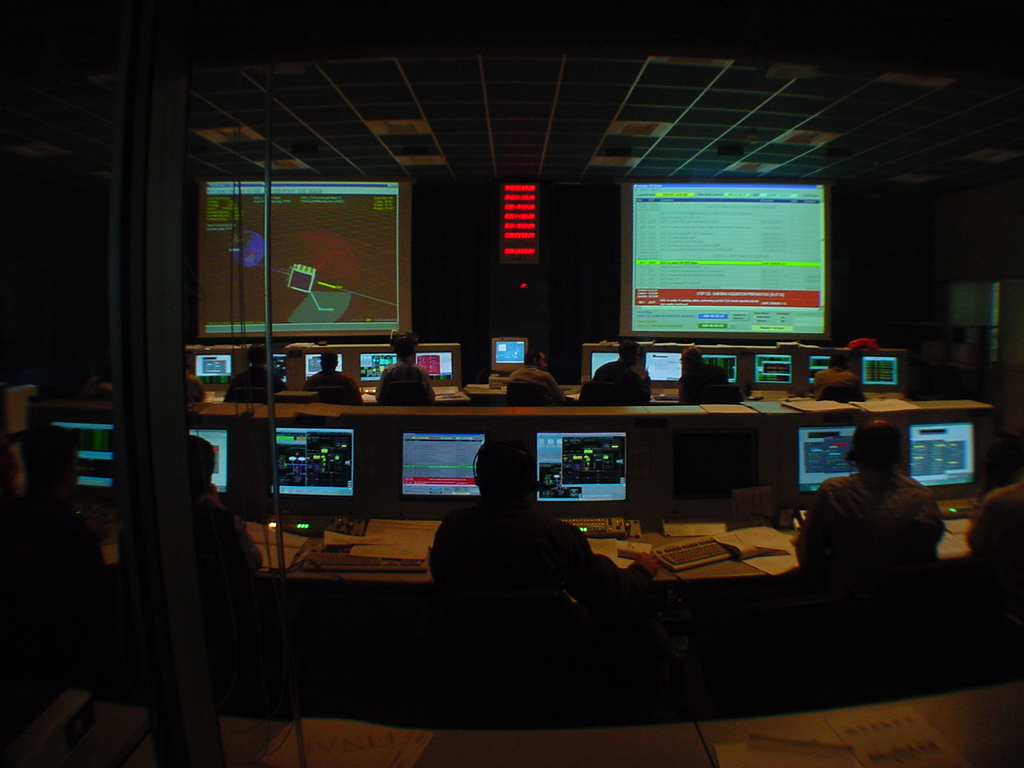
November 2010 saw the launch of the fourth satellite in the COSMO-SkyMed constellation, whose innovative services in the field of Earth observation have extended its commercial application to a wide range of civilian uses, in addition to the military ones. In 2014, the first "Sentinel" in the ESA's Copernicus programme was launched. Science is once again becoming part of day-to-day life in the Fucino, with the Agile programme, which studies cosmic sources of gamma radiation. Through its companies, Telespazio is also involved in the main programmes for exploration of the universe, such as Rosetta and Gaia.
Spaceopal - a 50/50 joint venture between Telespazio and the German Space Agency company DLR GfR - signs a contract with the European Space Agency on Operations that will bring Europe's satellite navigation system Galileo to full operational capacity. A second contract will be won in 2016. On December 20, the Galileo Control Center (GCC-I), a 5,000-m2 infrastructure for the management of Europe's satellite navigation system and signal, is inaugurated at the Fucino Space Center.
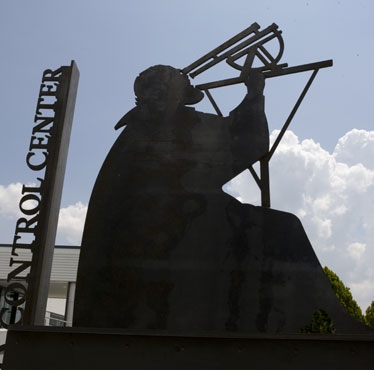
Telespazio is 50 years old and celebrates with an Exhibit at Ara Pacis Museum in Rome. In the same year, Telespazio acquires the space activities of the UK-based VEGA, renamed Telespazio VEGA UK.

The French companies Fileas SAS and Vega Technologies SAS merge into Telespazio France. In addition, VEGA Space GmbH and Telespazio Deutschland GmbH merge into the new Telespazio VEGA Deutschland GmbH, now Telespazio Germany.

On February 6, ATHENA FIDUS is launched. It is the French-Italian, dual-use, broadband telecommunications satellite. Telespazio manages the ATHENA FIDUS launch services, LEOP and the IOT phase. It also takes part in the implementation of the ground segment. On April 3 Sentinel-1A takes off: it is the first environmental "sentinel" of the EU Copernicus program in which Telespazio is an industrial partner.
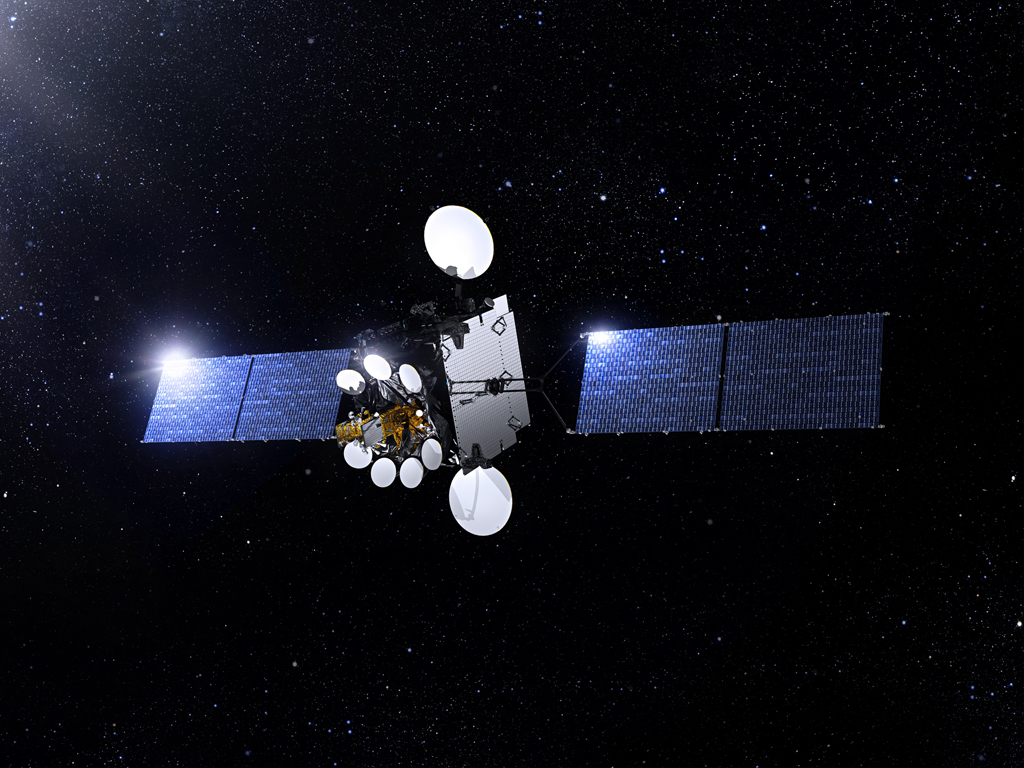
In February, e-GEOS (Telespazio 80%, ASI 20%) wins a European Commission tender to provide satellite maps for emergency management.
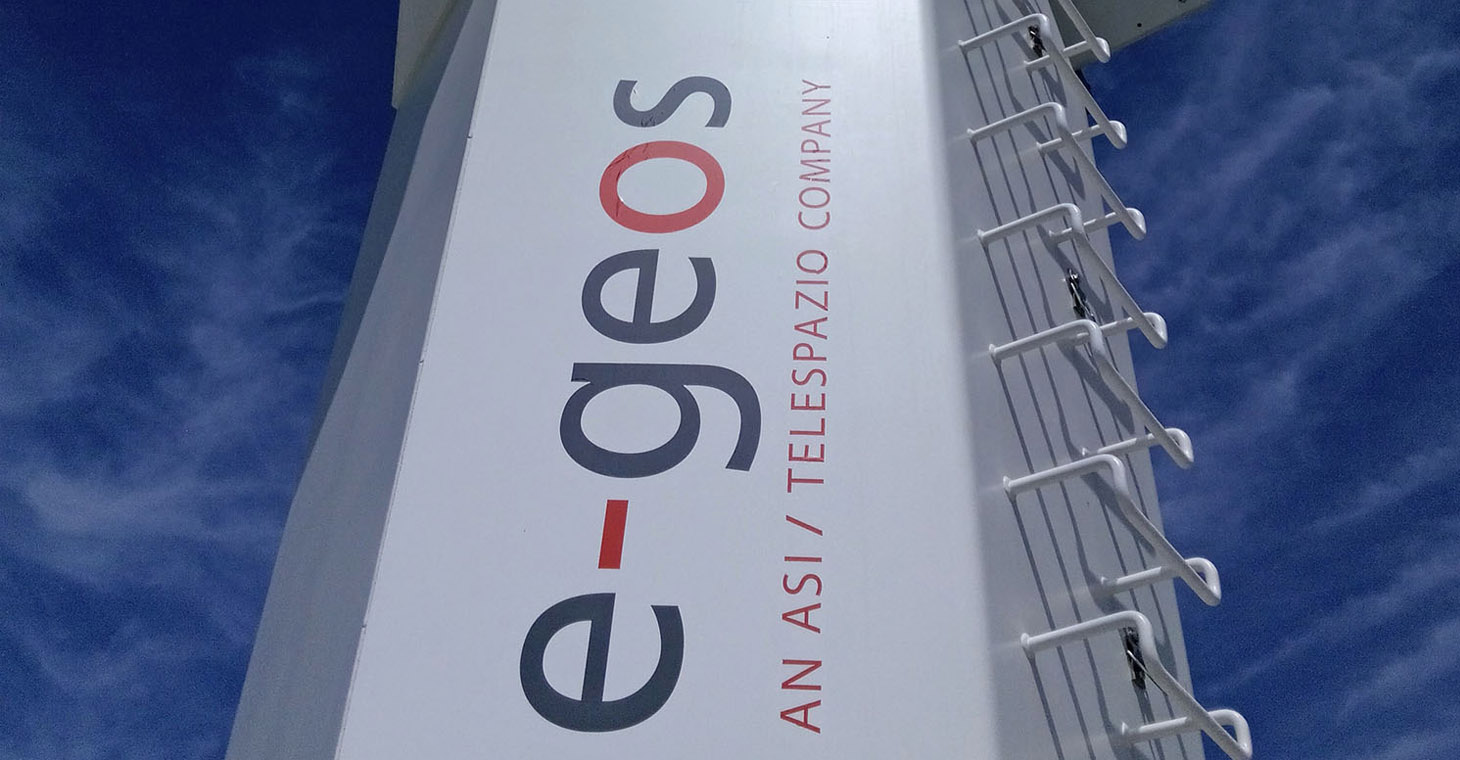
On December 5, GÖKTÜRK-1, the Turkish Earth observation satellite, is launched. Telespazio builds the program with Thales Alenia Space.
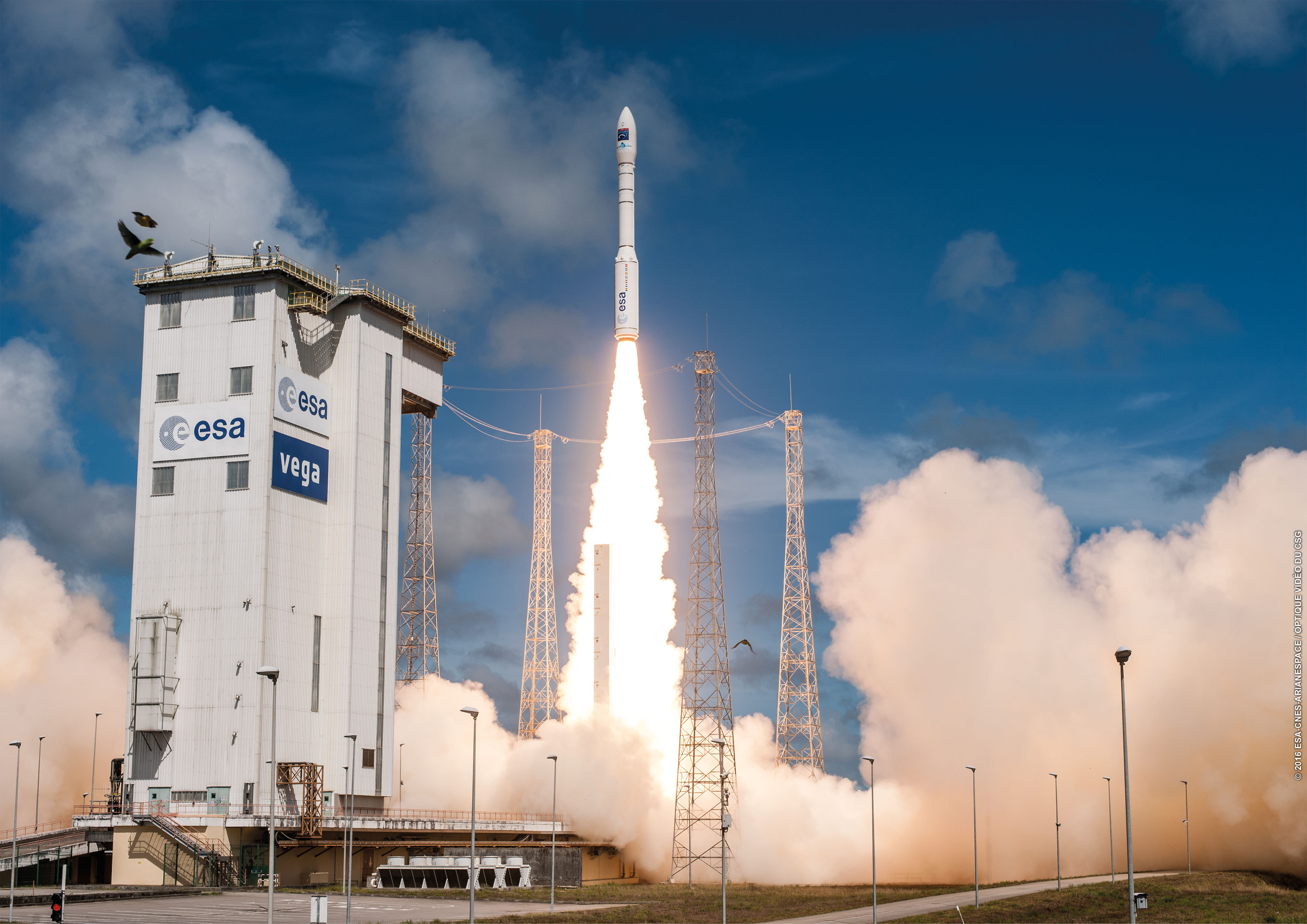
On August 1, OPTSAT-3000, the Italian MoD Earth Observation satellite, is launched. Telespazio, as prime contractor, supplies the whole system. In September, the Space Alliance - formed by Telespazio and Thales Alenia Space - signs an agreement with the US Spaceflight Industries for the implementation of the Earth Observation’s BlackSky constellation.
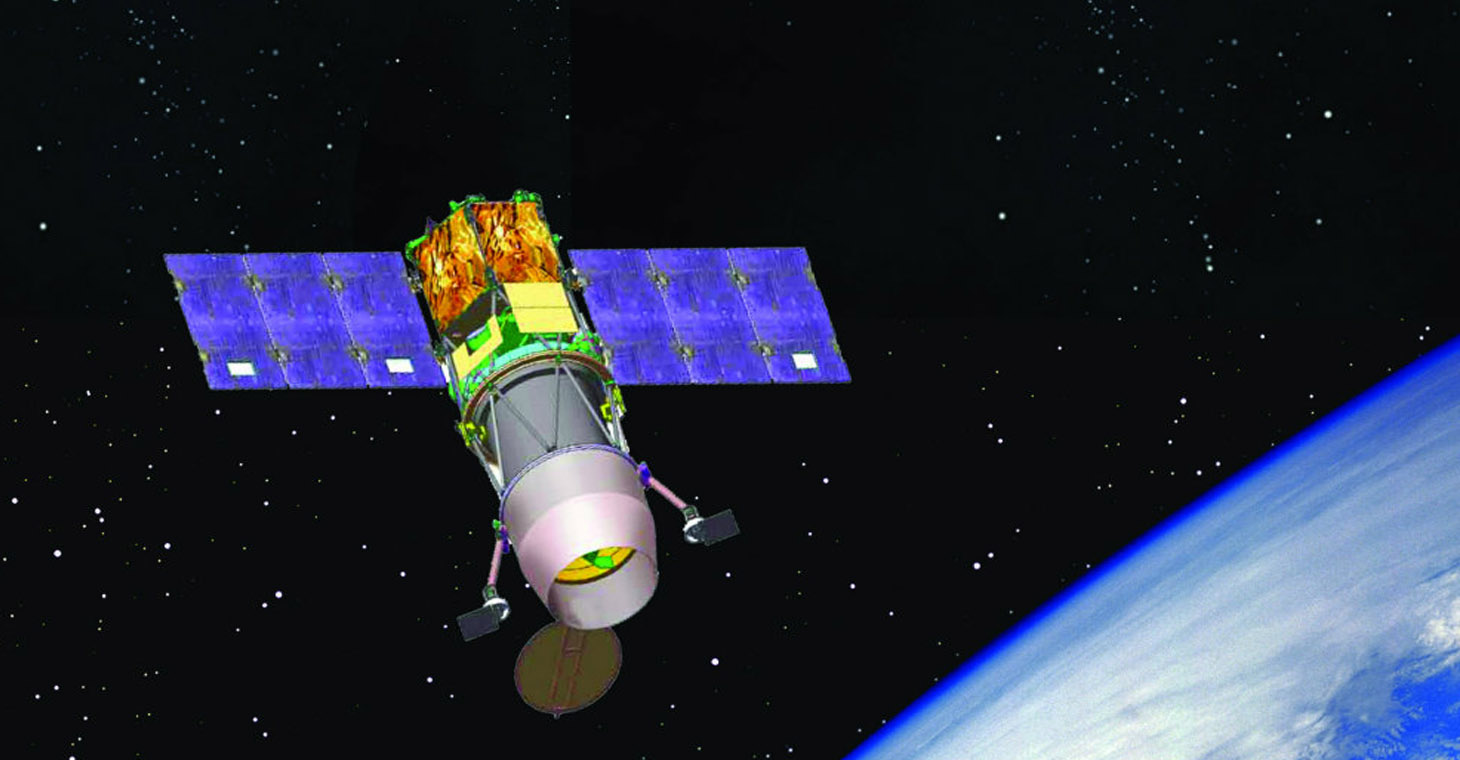
On November 15, Space Alliance – formed by Telespazio e Thales Alenia Space – acquires a stake in Northstar Earth and Space, a Canadian company that will launch the most advanced satellite system to monitor Earth and near space.
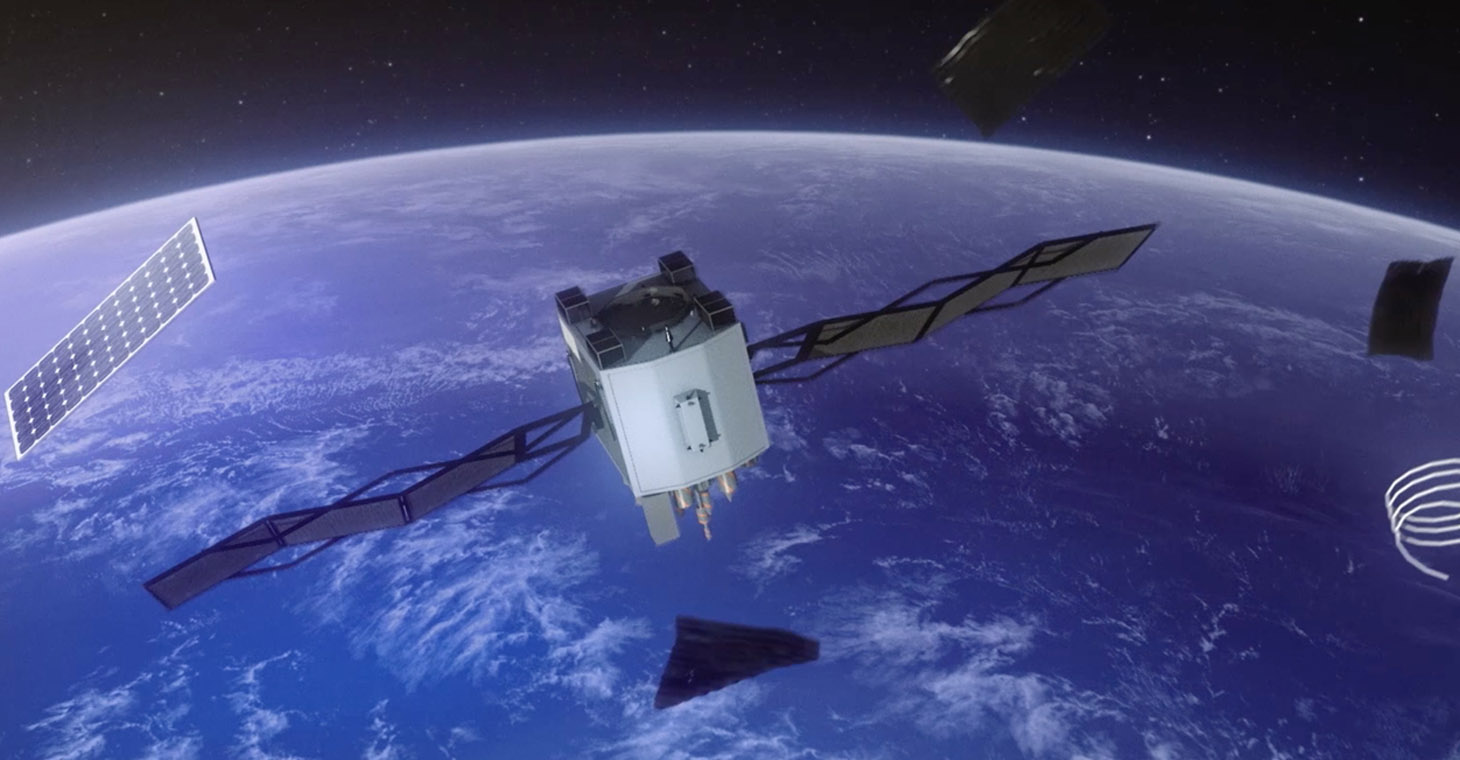
On march 23 the Italian Space Agency’s PRISMA satellite is launched. The satellite is equipped with innovative electro-optical instrumentation. Telespazio has released the Ground Segment - which includes the mission control centre in Fucino and the data acquisition and processing centre in Matera – and managed the LEOP (Launch and Early Orbit Phase) as well as in-orbit test activities.

The 2020s opened with a global emergency linked to the COVID-19 pandemic. At the same time, at Telespazio, awareness is increasing with regard to the link between innovation and sustainability, and the importance of providing space services and applications having a real impact on citizens' lives.
Telespazio and e-GEOS have presented service platforms based on satellite technology to support healthcare institutions during the Coronavirus emergency. In October, testing of the T-DROMES platform for drone fleet management was completed successfully, in collaboration with Leonardo, Rome’s Bambino Gesù Children's Hospital and ENAC.
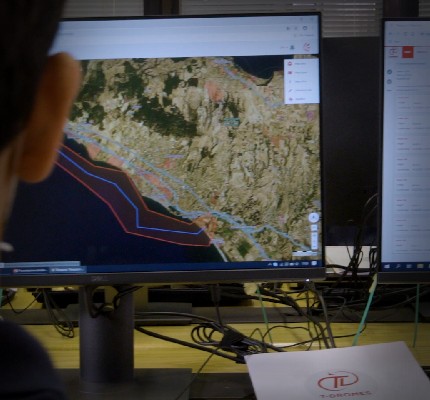
Telespazio celebrates its 60th anniversary with the publication of a book and a series of initiatives about the future of the company and the entire space sector: an opportunity to talk about the challenges of tomorrow such as technological development, innovation and the quest for sustainability. But 2021 is also the year of two important milestones: the birth of Telespazio Belgium and the start of studies for ESA's Moonlight programme.
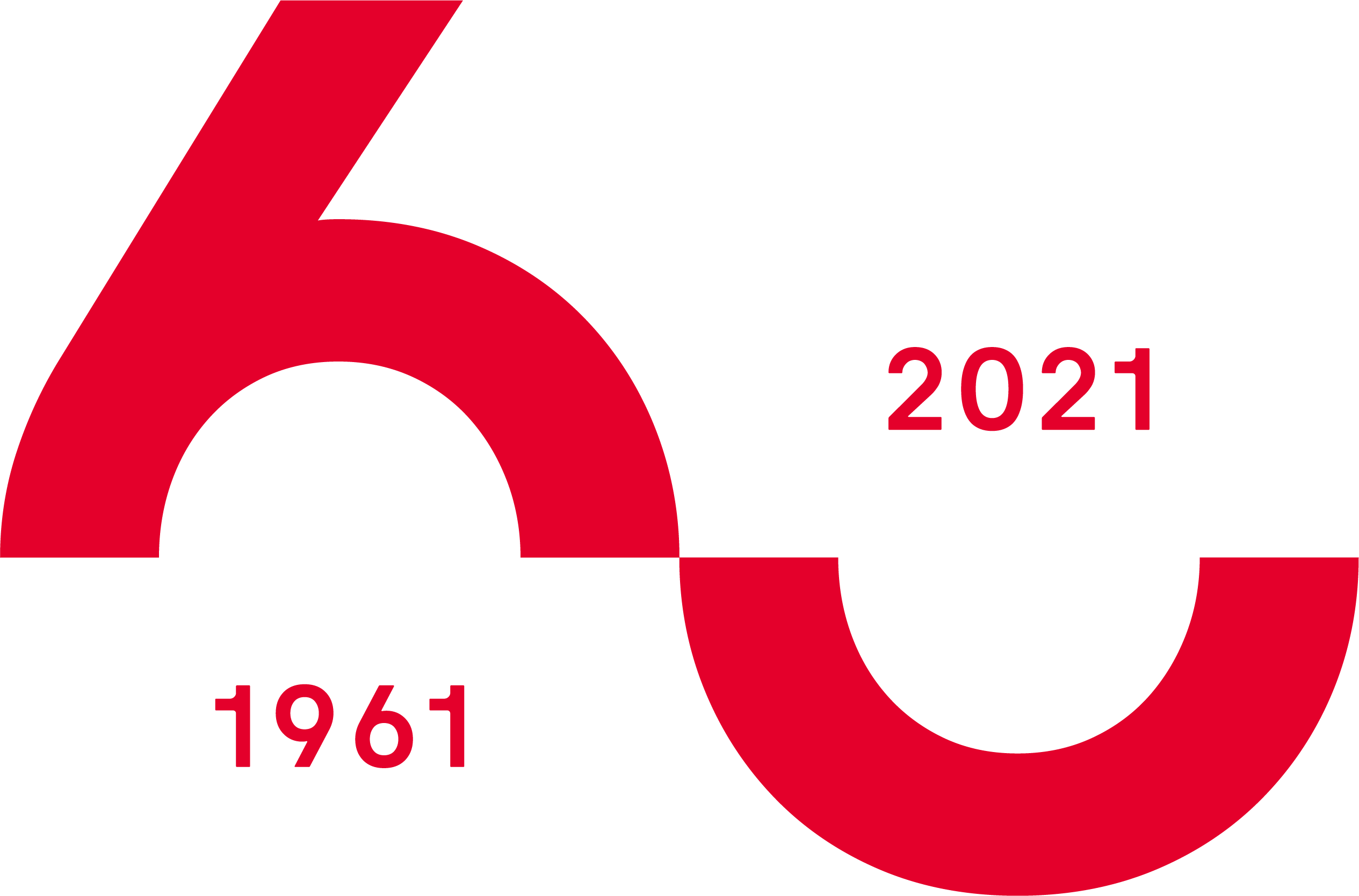
In March, Telespazio inaugurated a new teleport in Maricà (Brazil), which also hosts the gateway for OneWeb services. The teleport contributes to consolidating the company’s capacity in the region as a whole. During the year, Telespazio also strengthened its role as satellite operator in the institutional and defence markets through an exclusive agreement for the provision of telecommunication services offered by the new EUTELSAT Konnect VHTS satellite, built by Thales Alenia Space.
In 2023, Telespazio and e-GEOS confirmed their role as leaders in the sector of space operations and geoinformation. They were awarded major contracts in the IRIDE programme, the new “constellation of constellations” funded by the Italian government through the National Resilience and Recovery Plan (PNRR), supported by ASI and managed by ESA. In March 2023, the European Commission’s Joint Research Centre extended to 2029 the management contract awarded to e-GEOS for the Emergency Management Service (EMS) - Rapid Mapping programme, which provides maps and information when emergencies occur.
